
IUCN Near Threatened
NABCI State of the Birds 2022 “Tipping Point Species”

NABCI State of the Birds 2022 “Tipping Point Species”

Estimated population trend: -74% (1966-2019)
NABCI State of the Birds 2022 “Tipping Point Species”

Estimated population trend: -45% (1966-2015)
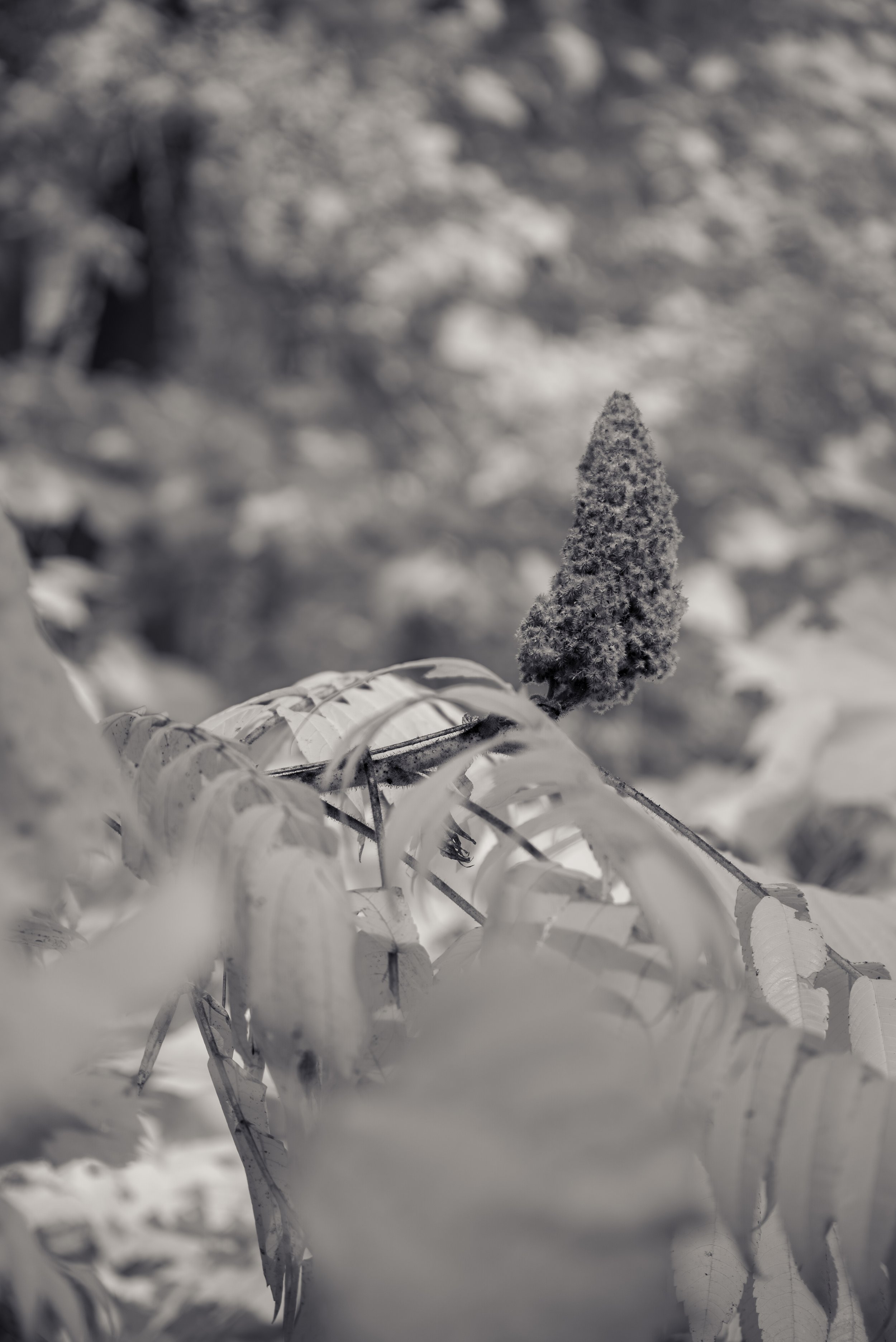
Estimated population trend: -62% (1970-2014)
![Plate 304. [Ruddy] Turnstone](https://images.squarespace-cdn.com/content/v1/59dc4dbd59cc688076bbe431/1692664773334-6CDT3WPYH1AAW8MH2SF8/304.jpg)
NABCI State of the Birds 2022 “Tipping Point Species”
Study in Delaware Bay estimated 77% decline from 1988-2011.

Population declining for more than a century.
PIF Yellow Watch List
Endangered in Canada, ME south to NC; Threatened in FL, Puerto Rico, and US Virgin Islands.

Common Bird in Steep Decline

Common Bird in Steep Decline

Estimated population trend: -75% (1998-2012)
IUCN Endangered
PIF Red Watch List

PIF Yellow Watch List
“Dusky” race Extinct 1987
“Cape Sable” race Endangered

Extinct.
Last known nesting pair killed 1835 in Iceland.
Last living individual seen 1852 off the Grand Banks of Newfoundland.
![Plate 213. [Atlantic] Puffin](https://images.squarespace-cdn.com/content/v1/59dc4dbd59cc688076bbe431/1688495106276-KOAF00829A729V1YKJ0X/213.jpg)
IUCN Vulnerable
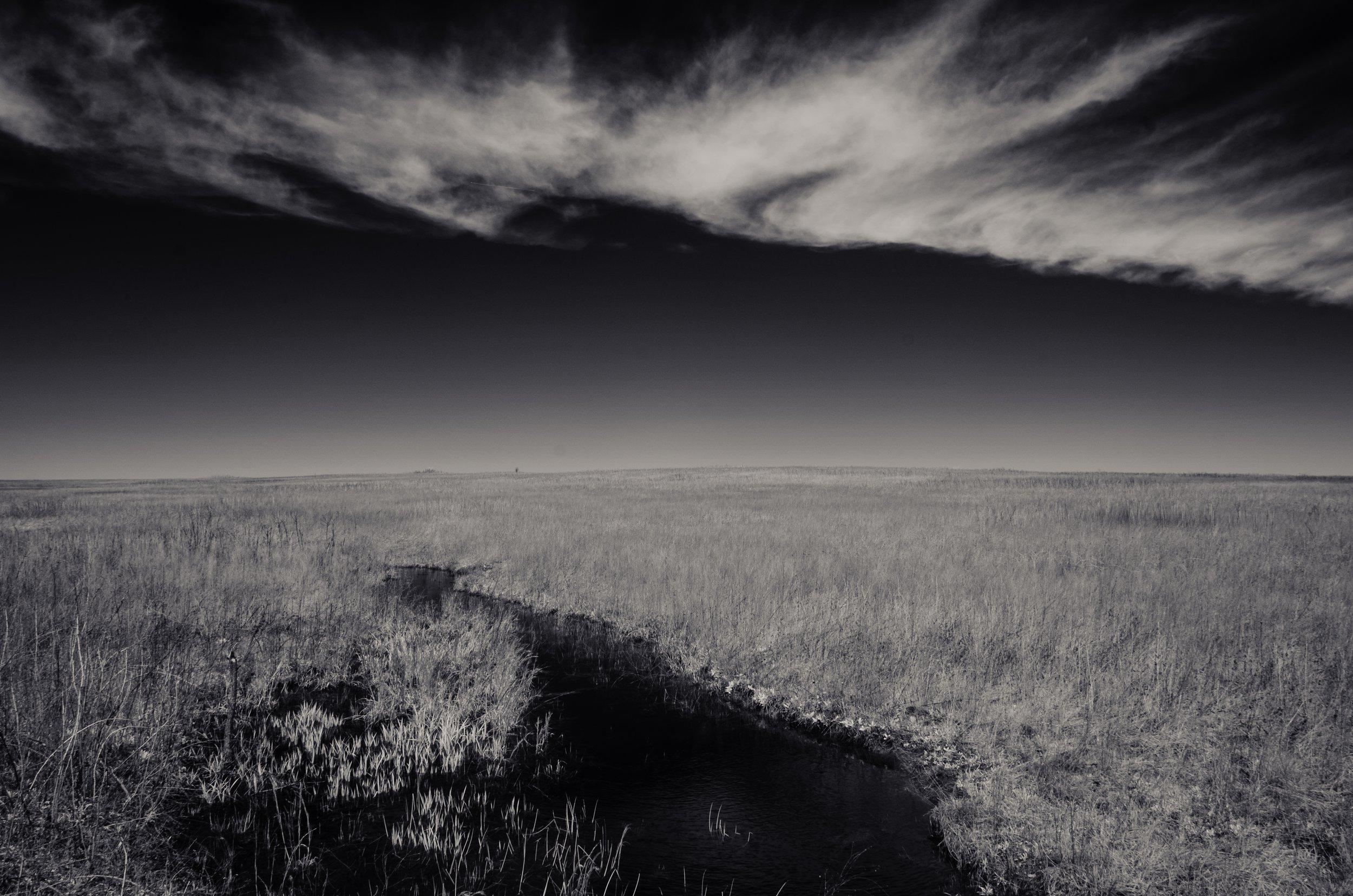
Population stable overall, but declining in many parts of the US and Canada.
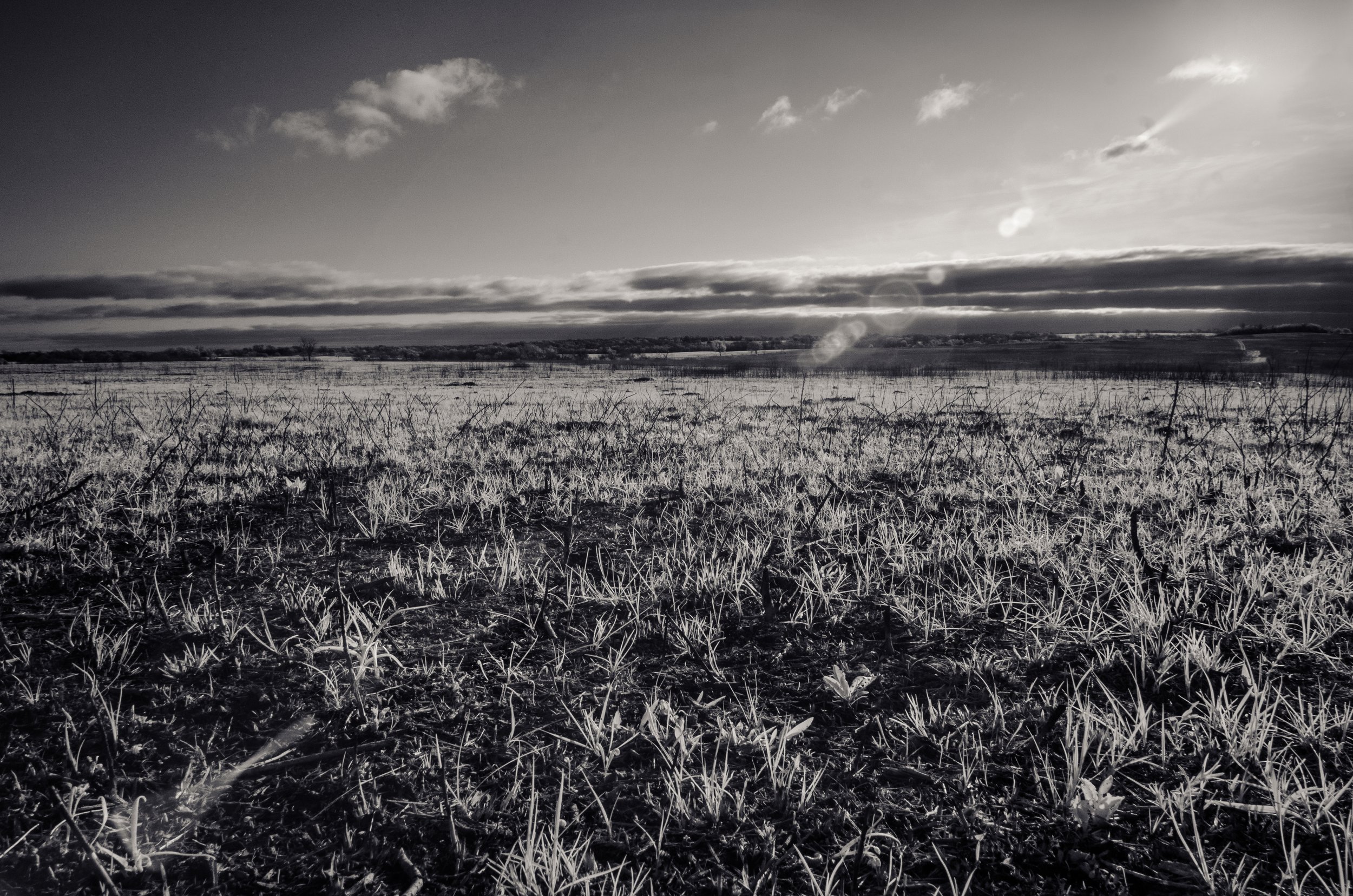
After severe losses in the 1800's and early 1900's, population was stable from 1966-2015.
IUCN Vulnerable
Heath Hen subspecies extinct
Atwater's subspecies federally endangered

Extinct. In 1914 the last individual died in the Cincinnati Zoo. Last fully authenticated wild bird shot in 1901, however evidence exists of another Passenger Pigeon that was killed in 1902, near Laurel, Indiana.
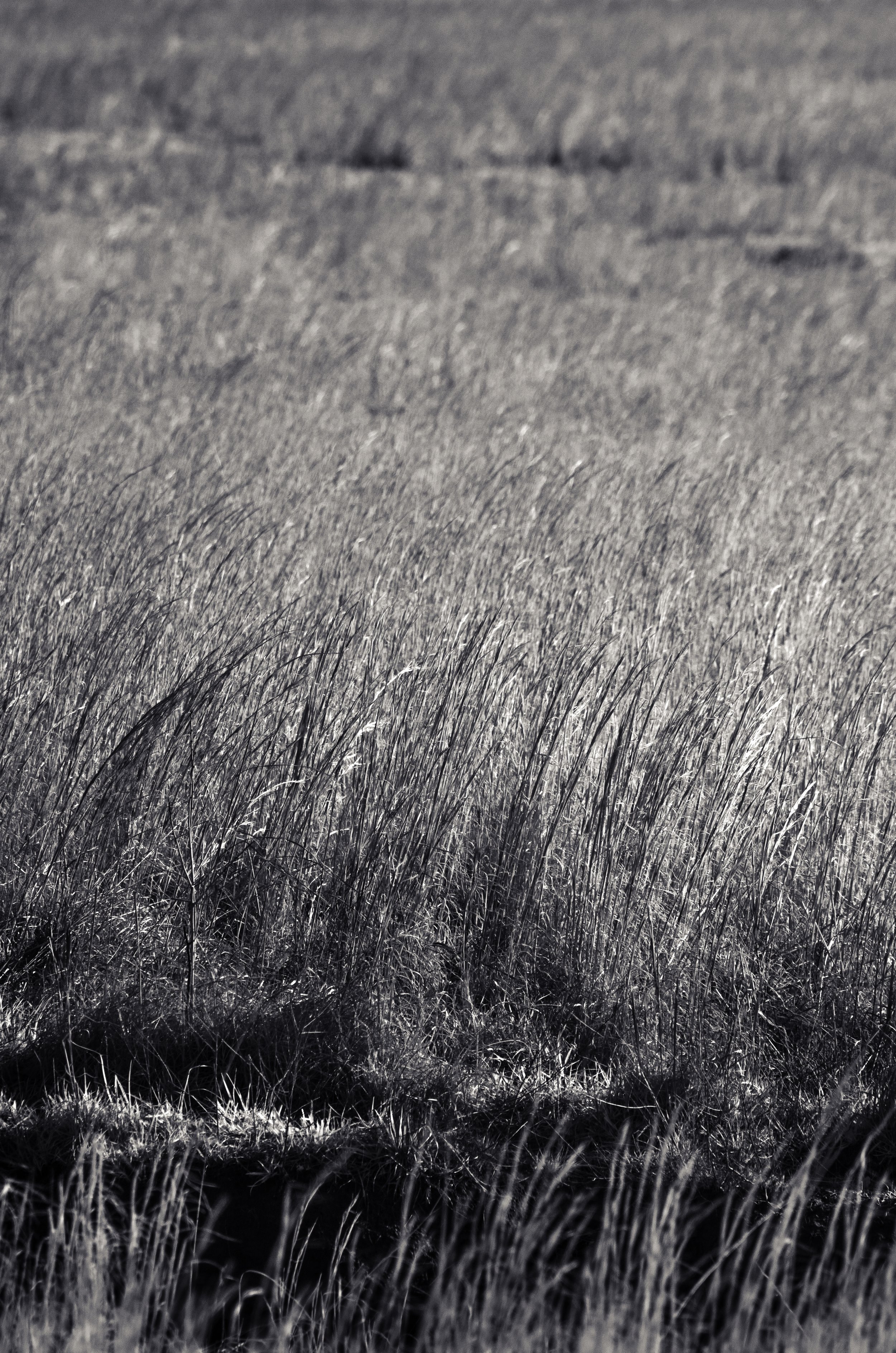
Declining, PIF Yellow Watch List
Endangered in 7 states, threatened in 5 others
![Plate 241. [Great] Black-backed Gull](https://images.squarespace-cdn.com/content/v1/59dc4dbd59cc688076bbe431/1667868629514-RO2VQY2N7HD5DQ58HGN2/241.jpg)
NABCI State of the Birds 2022 “Tipping Point Species”

Estimated population trend: -56% (1966-2019); projected to lose another 50% within 50 years without intervention
PIF Yellow Watch List

Estimated population trend: -38% (1970-2014)

NABCI 2022 State of the Birds “Tipping Point Species”

Declining
PIF Yellow Watch List
IUCN Near Threatened
![Plate 300. [American] Golden Plover](https://images.squarespace-cdn.com/content/v1/59dc4dbd59cc688076bbe431/1650593162062-I5TYTHB63TGZTT965GMK/300.jpg)
Numerous but declining.
NABCI 2022 State of the Birds “Tipping Point Species”
PIF Yellow Watch List

Estimated population trend: -54% (1966-2019)
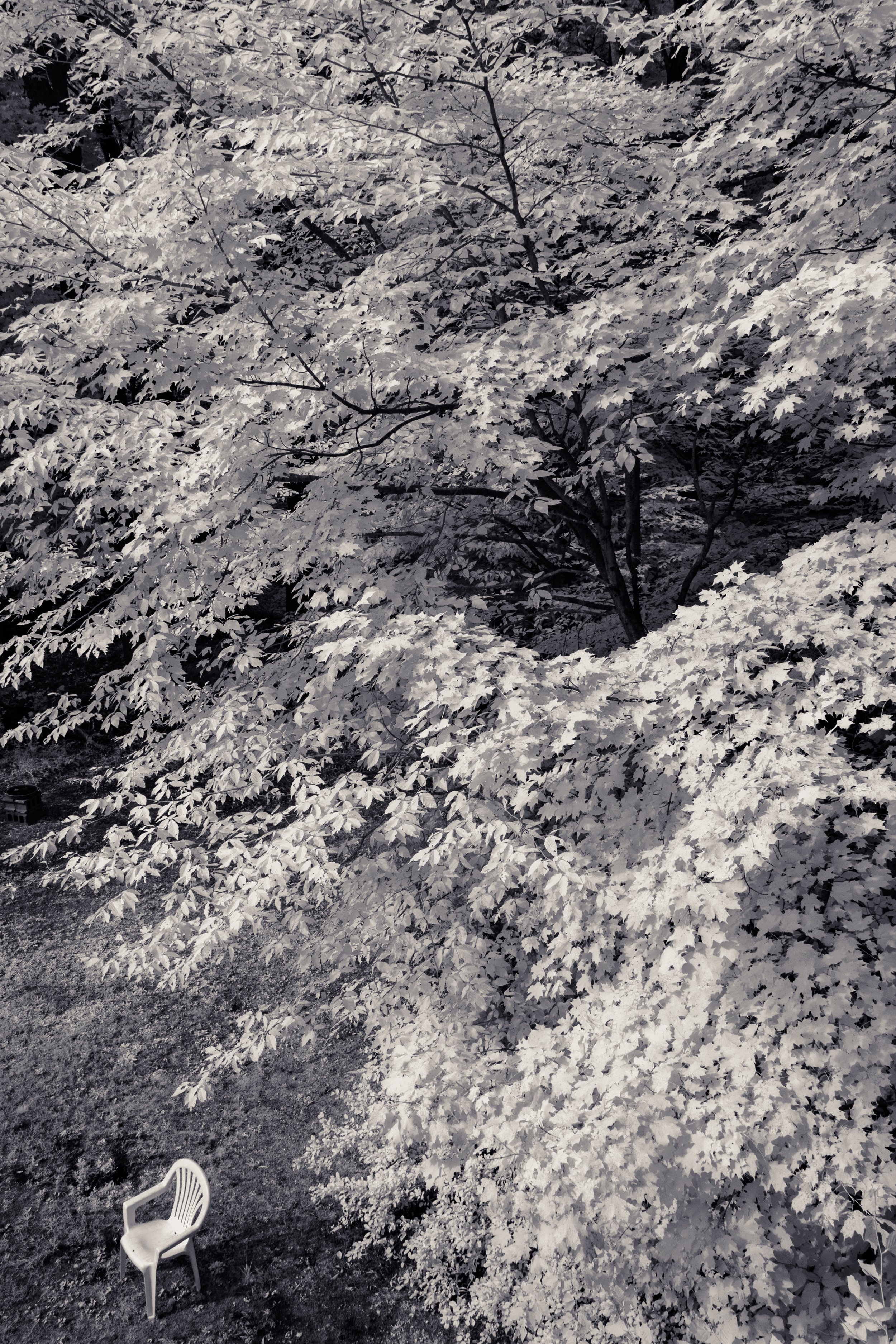
Estimated population trend: -70% (1966-2015)
![Plate 82. [Eastern] Whip-poor-will](https://images.squarespace-cdn.com/content/v1/59dc4dbd59cc688076bbe431/1654379700585-T4608CFEOSRLZNJ47FLL/82.jpg)
Estimated population trend: -61% (1966-2019)

Estimated population trend: -51% (1966-2015)
PIF Yellow Watch List

Estimated population trend: -89% since 1970

Estimated population trend: -72% (1966-2015)
NABCI 2022 State of the Birds “Tipping Point Species”

Estimated population trend: -68% since 1970
Half the remaining population will be lost by 2055 if current rate of decline continues.

IUCN Near Threatened
PIF Red Watch List
Great Lakes population federally endangered, Atlantic and Great Plains populations federally threatened

Population appears to be declining. Listed as species of high concern by the Western Hemisphere Shorebird Reserve Network.

Critically endangered, likely extinct. Last seen in the U.S. in 1963 on Galveston Island, Texas.

Estimated population trend: -87% (1966-2015)

Estimated Population Trend: -79% since 1970

IUCN Endangered
Through intensive conservation efforts population has slowly recovered from 21-22 in 1941 to 677 wild cranes in 2020.

Population declining
IUCN Vulnerable
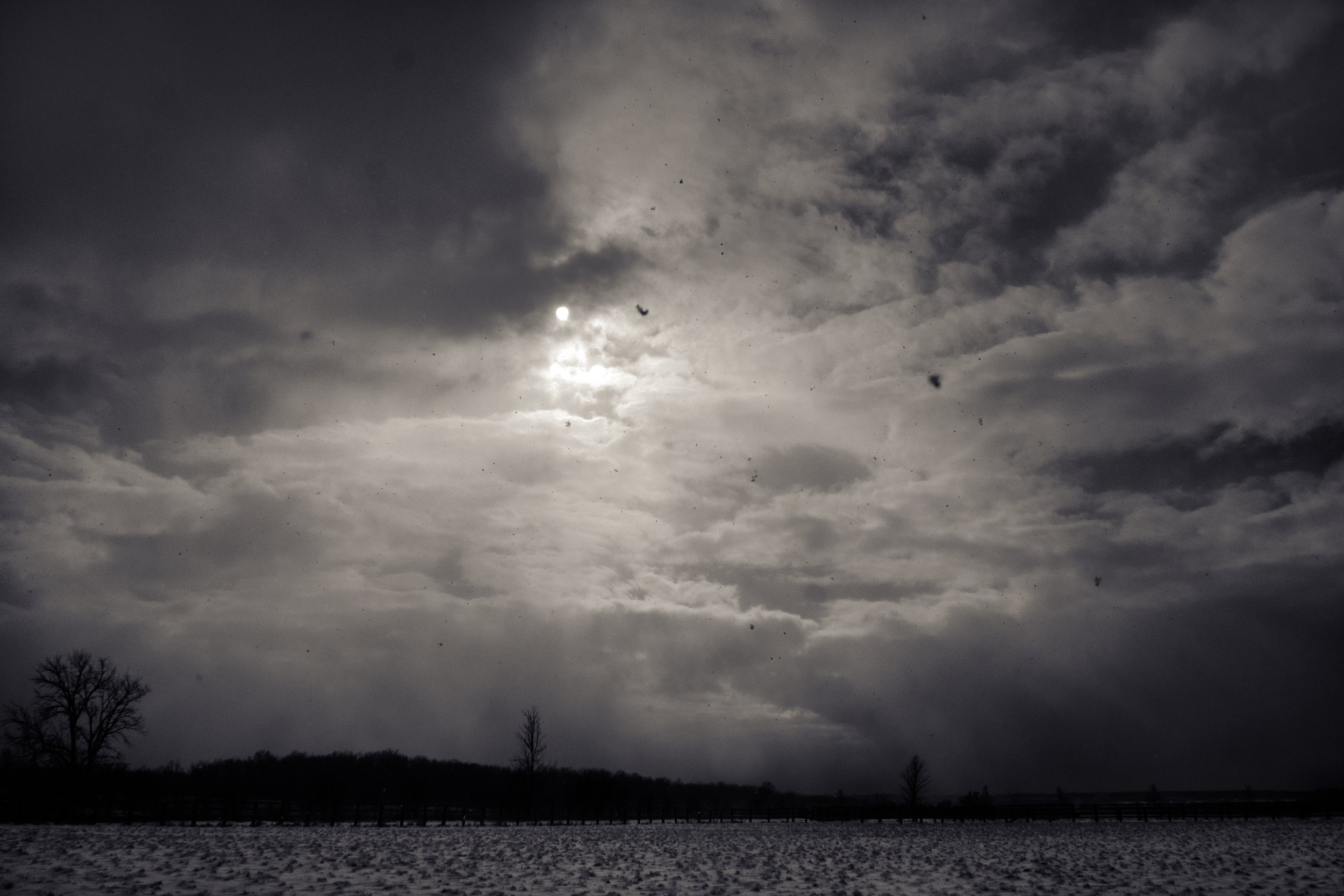
Common Bird in Steep Decline

Common Bird in Steep Decline

PIF Yellow Watch List: Restricted Range
Appears stable in the West, but declining in the East.
NABCI 2022 State of the Birds “Tipping Point Species”

PIF Yellow Watch List: Restricted Range.
No longer breeds in Wisconsin, Iowa, Nebraska, or Minnesota. Overwintering habitat is also disappearing.

PIF Yellow Watch List: Restricted Range.
Rising sea levels will result in future declines without intervention.

Estimated population trend: -68% (1966-2014). Projected to lose another 50% within 50 years without intervention.
IUCN Near Threatened

Estimated population trend: -61% (1966-2015)

Estimated population trend: -89% (1966-2014)

Estimated population trend: -86% (1966-2014). Declines have slowed since 2004.

PIF Yellow Watch List: Restricted Range.
Recommended for federal listing under the Endangered Species Act due to low and declining numbers in the US.

Population declining (1966-2014)

PIF Yellow Watch List: Restricted Range
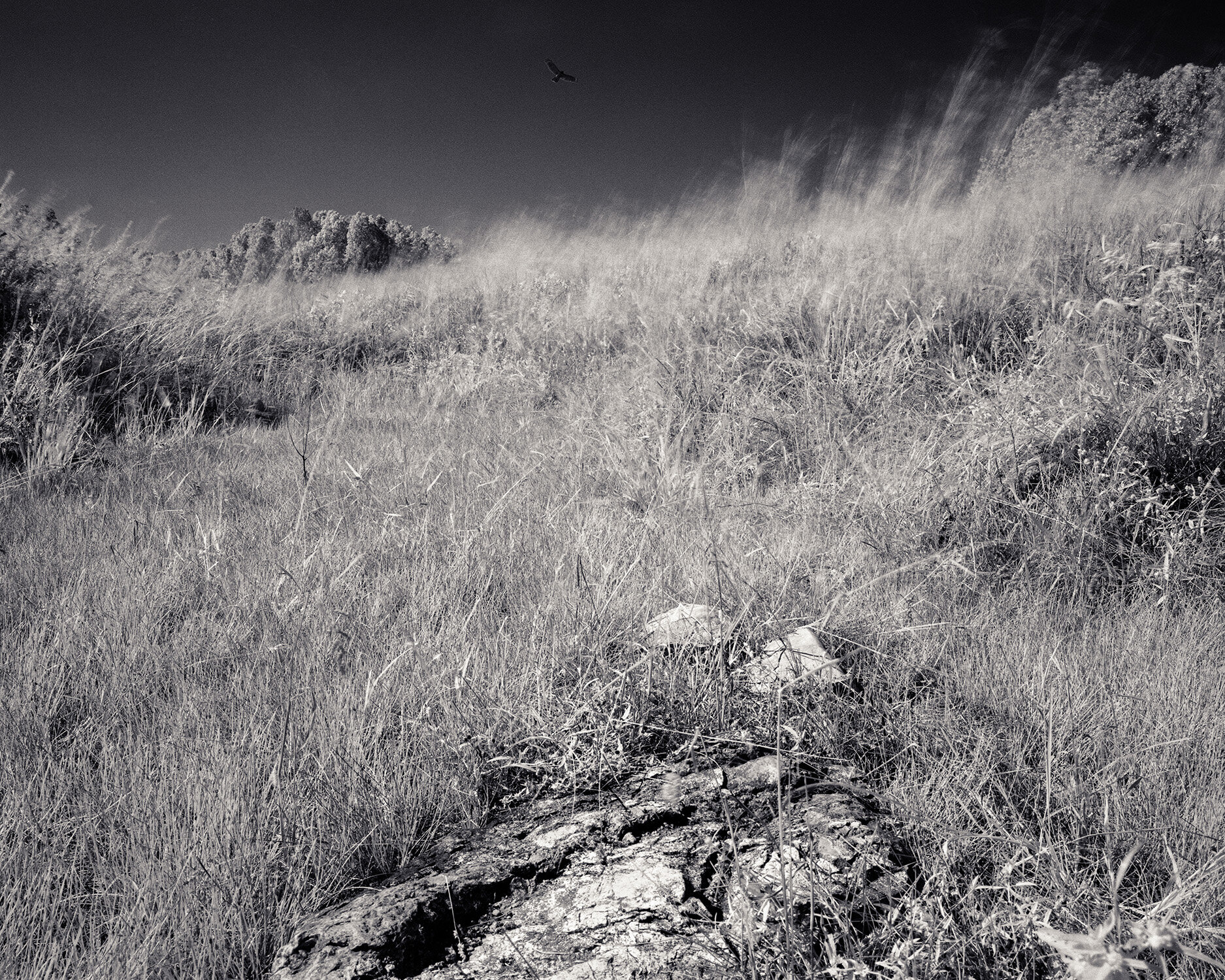
Estimated population trend: -85% (1966-2014)
IUCN Near Threatened
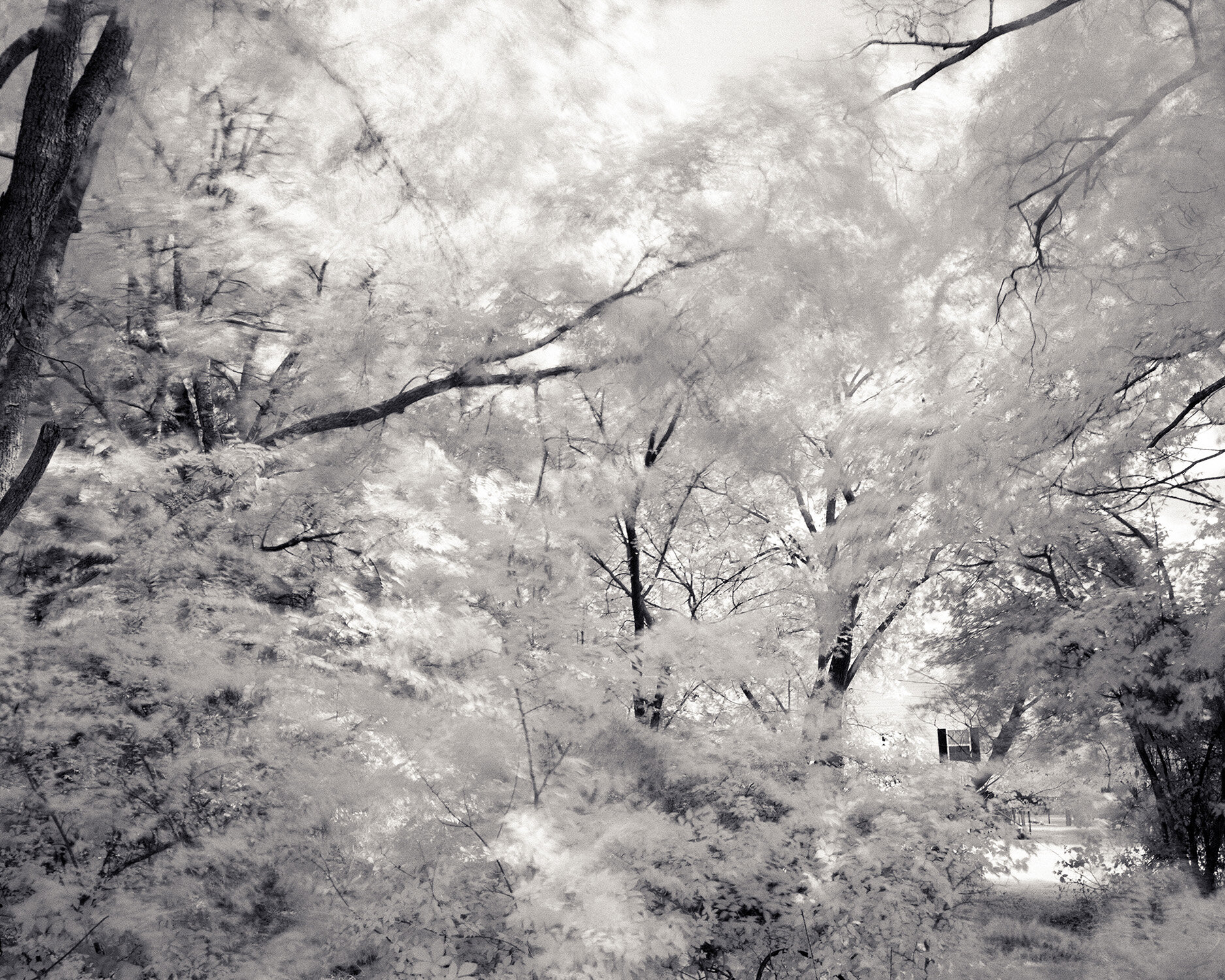
Estimated population trend: -52% (1966-2015)

Estimated population trend: -66% (1966-2014)
NABCI 2022 State of the Birds “Tipping Point Species”
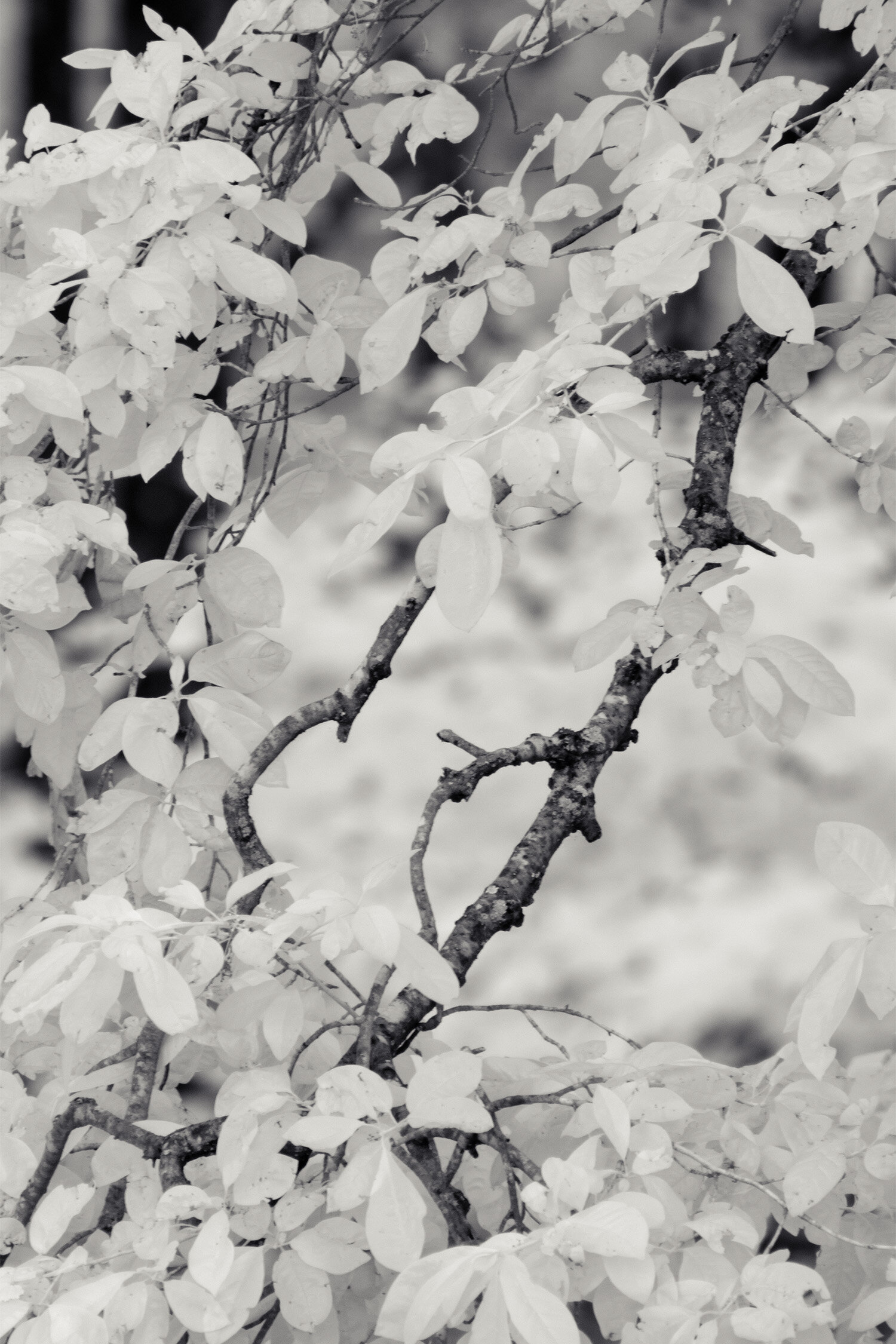
Estimated Population Trend: -42% (1966-2015)

Extinct. Last official sighting 1962 in South Carolina, but credible reports persisted through the 1980’s.

Estimated population trend: -72% (1970-2014)
IUCN Near Threatened
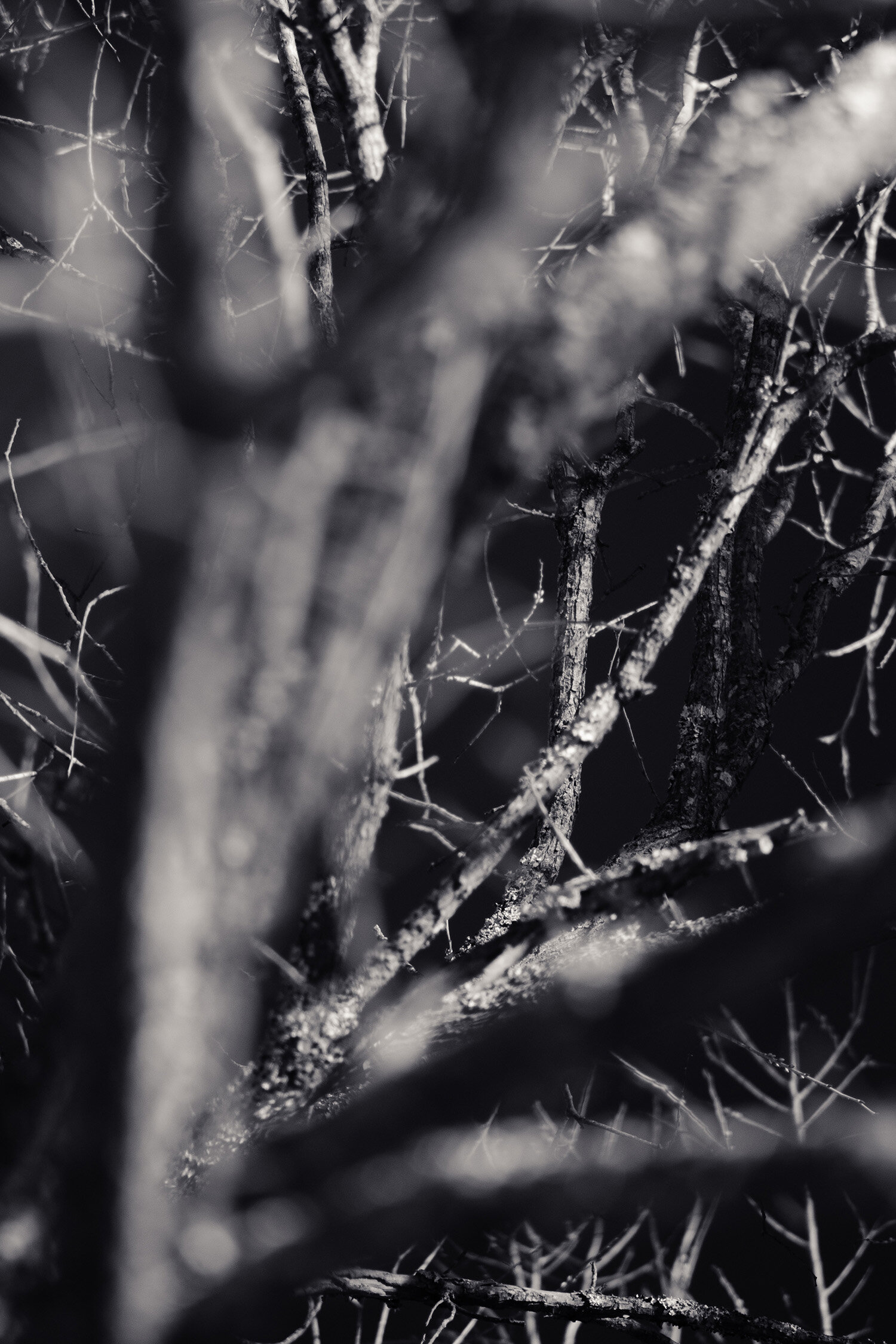
Estimated population trend: -92% (1966-2015).
50% of remaining population may be lost within 16 years.
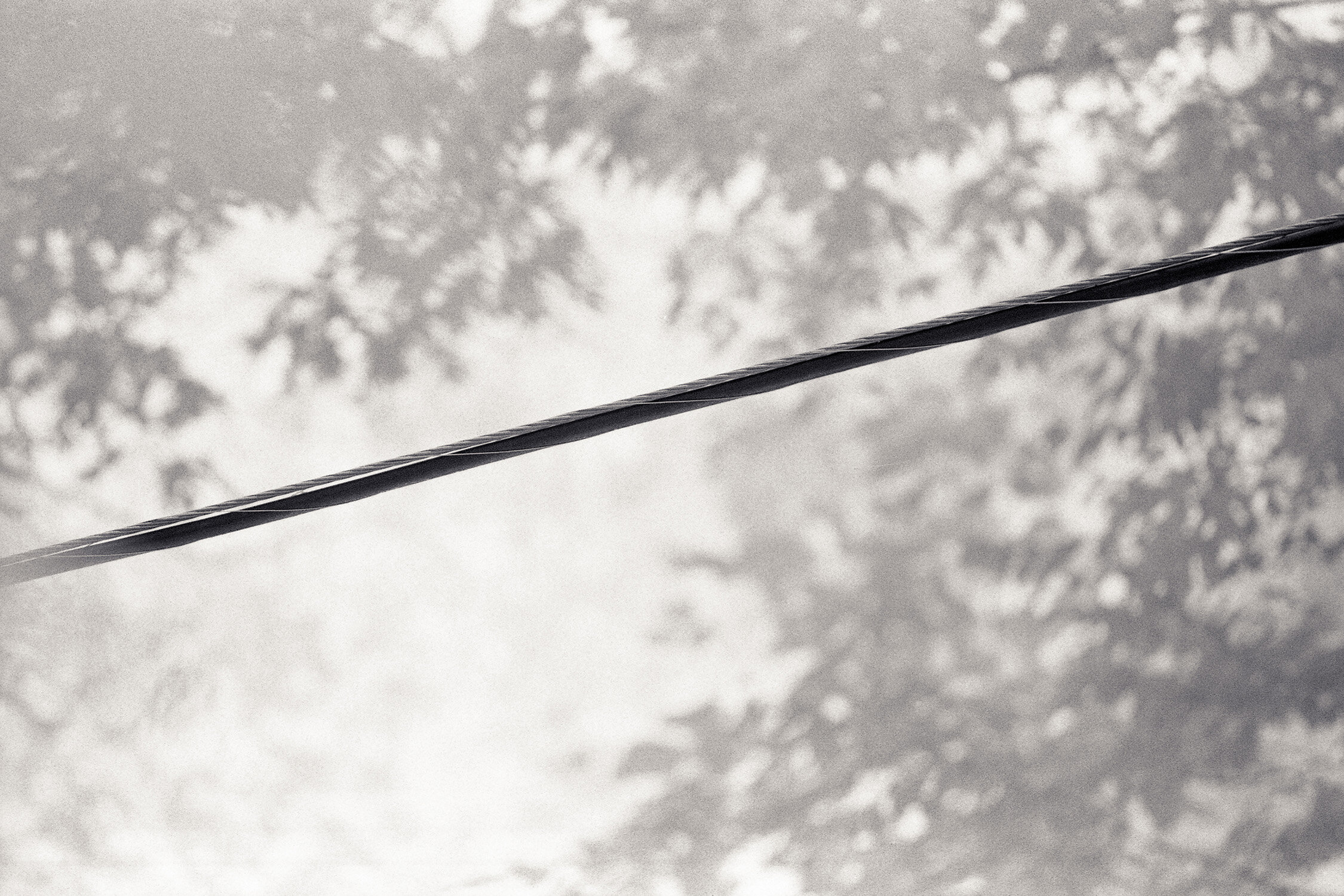
Estimated population trend: -36% (1966-2014)

Estimated Population Trend: -80% since 1970
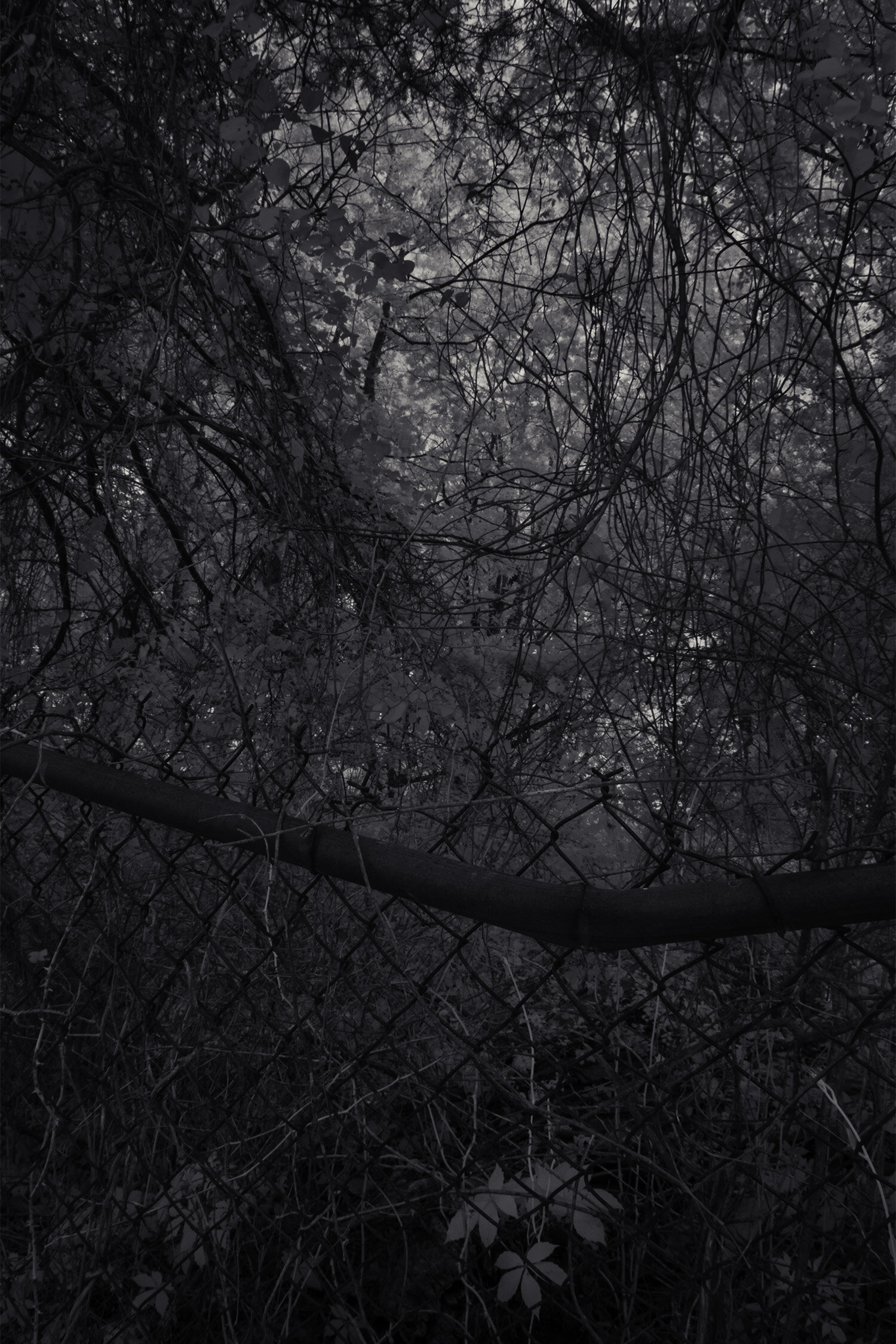
Estimated population trend: -69% (1966-2015)
IUCN Near Threatened
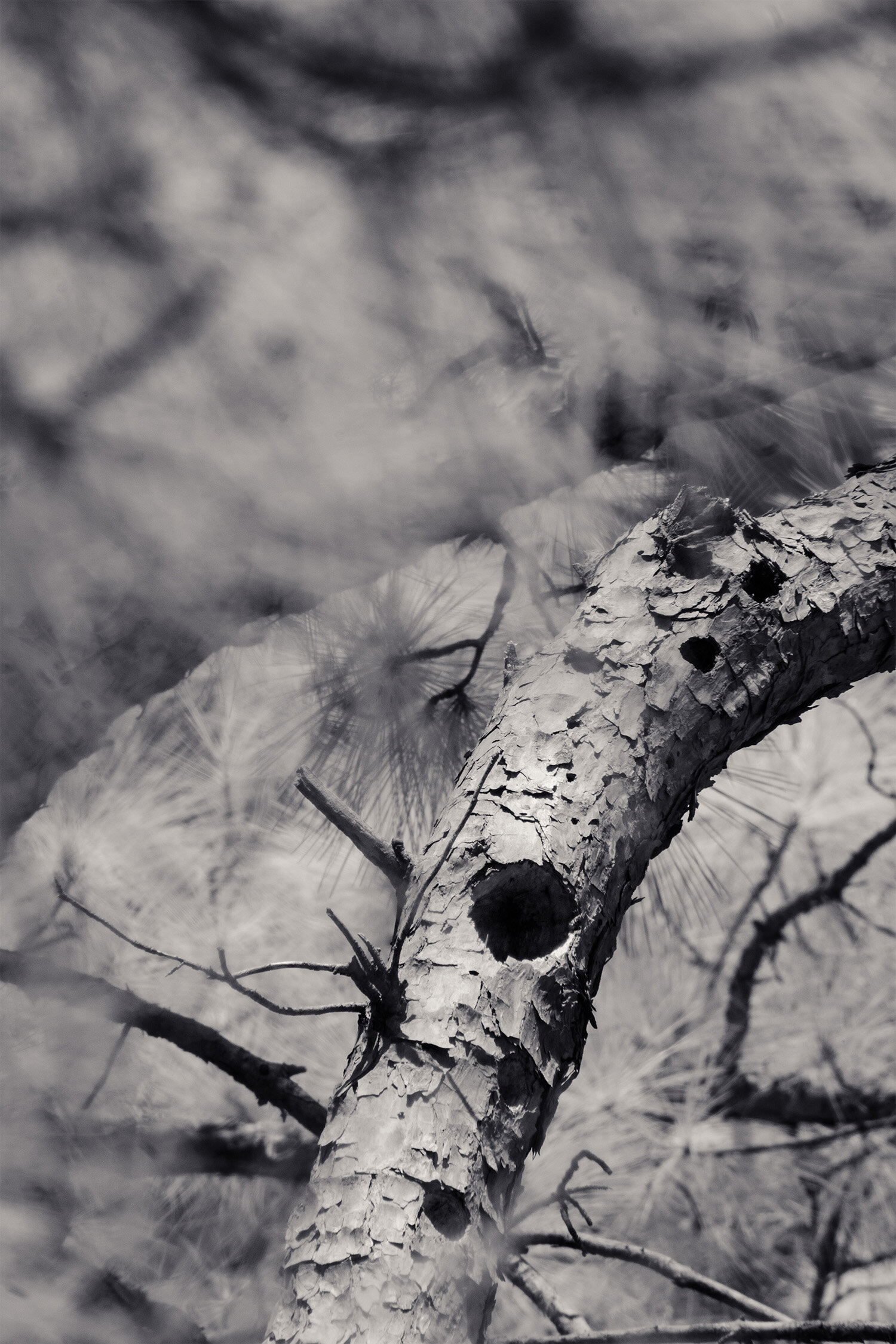
Estimated population trend: -68% (1970-2014)
![Plate 136. [Eastern] Meadow Lark](https://images.squarespace-cdn.com/content/v1/59dc4dbd59cc688076bbe431/1584133028153-STODOR2ATW4LPQKE547R/136_web.jpg)
Estimated population trend: -89% (1966-2015)
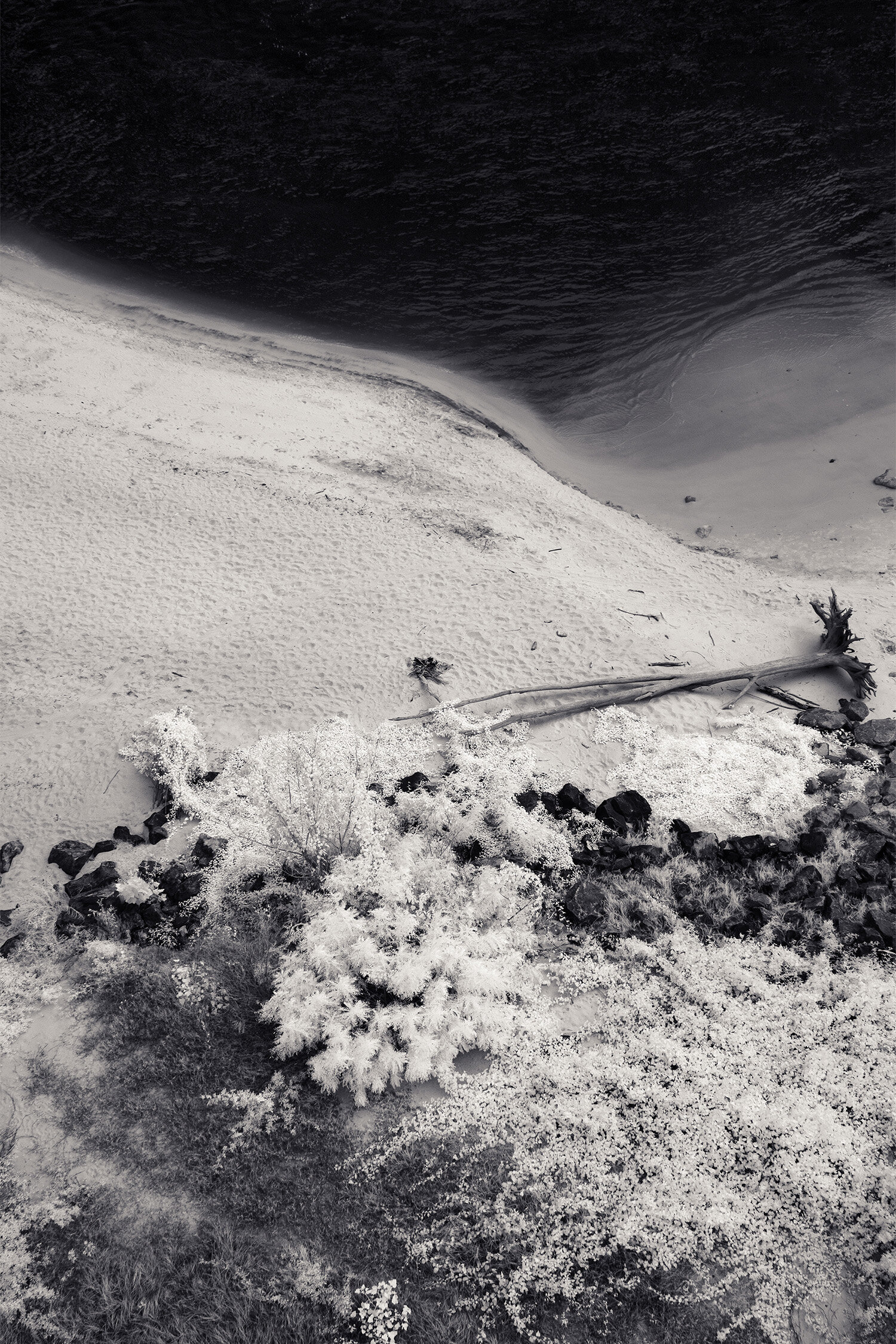
Estimated population trend: -88% (1966-2015)
NABCI 2022 State of the Birds “Tipping Point Species”
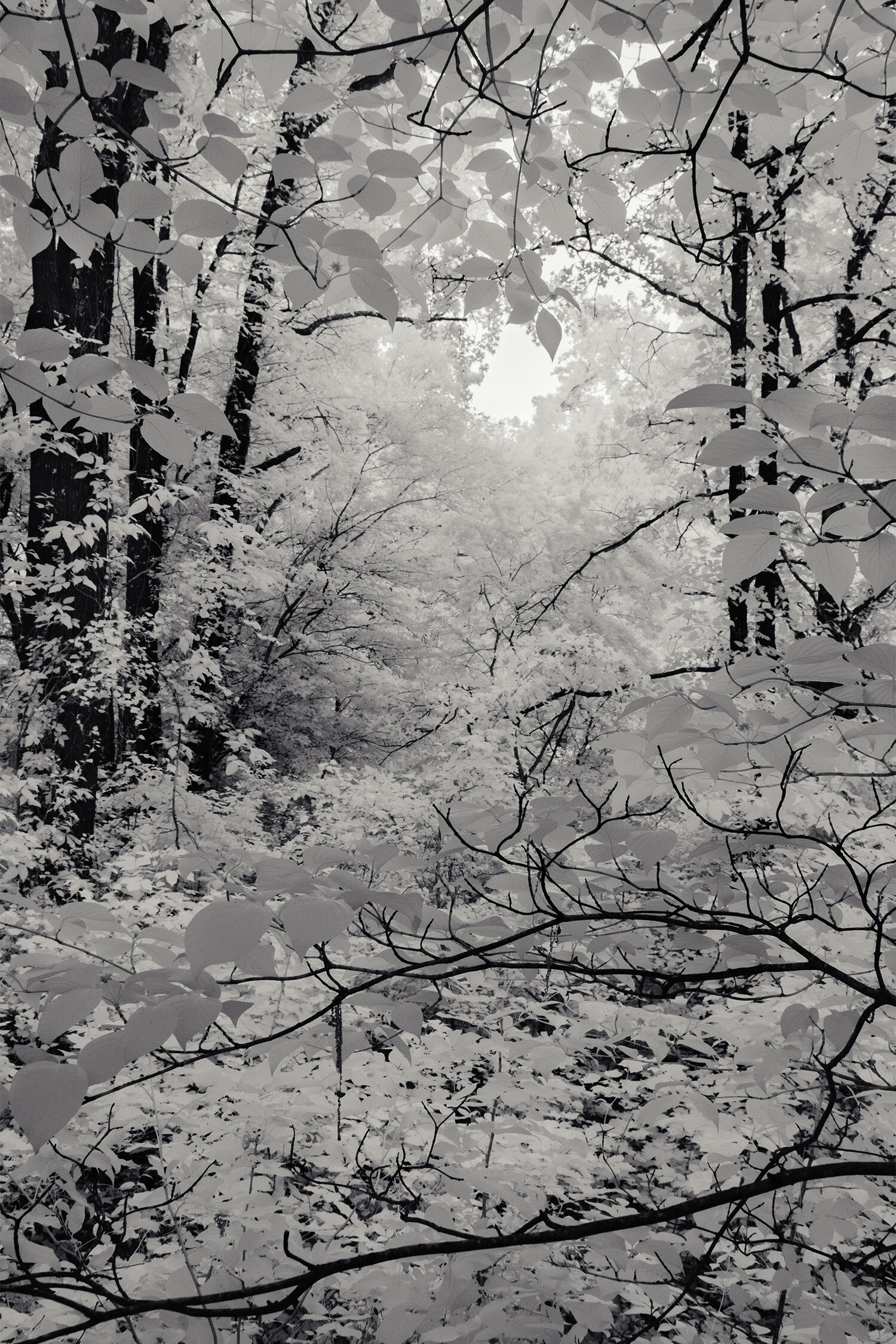
Estimated population trend: -62% (1966-2015)
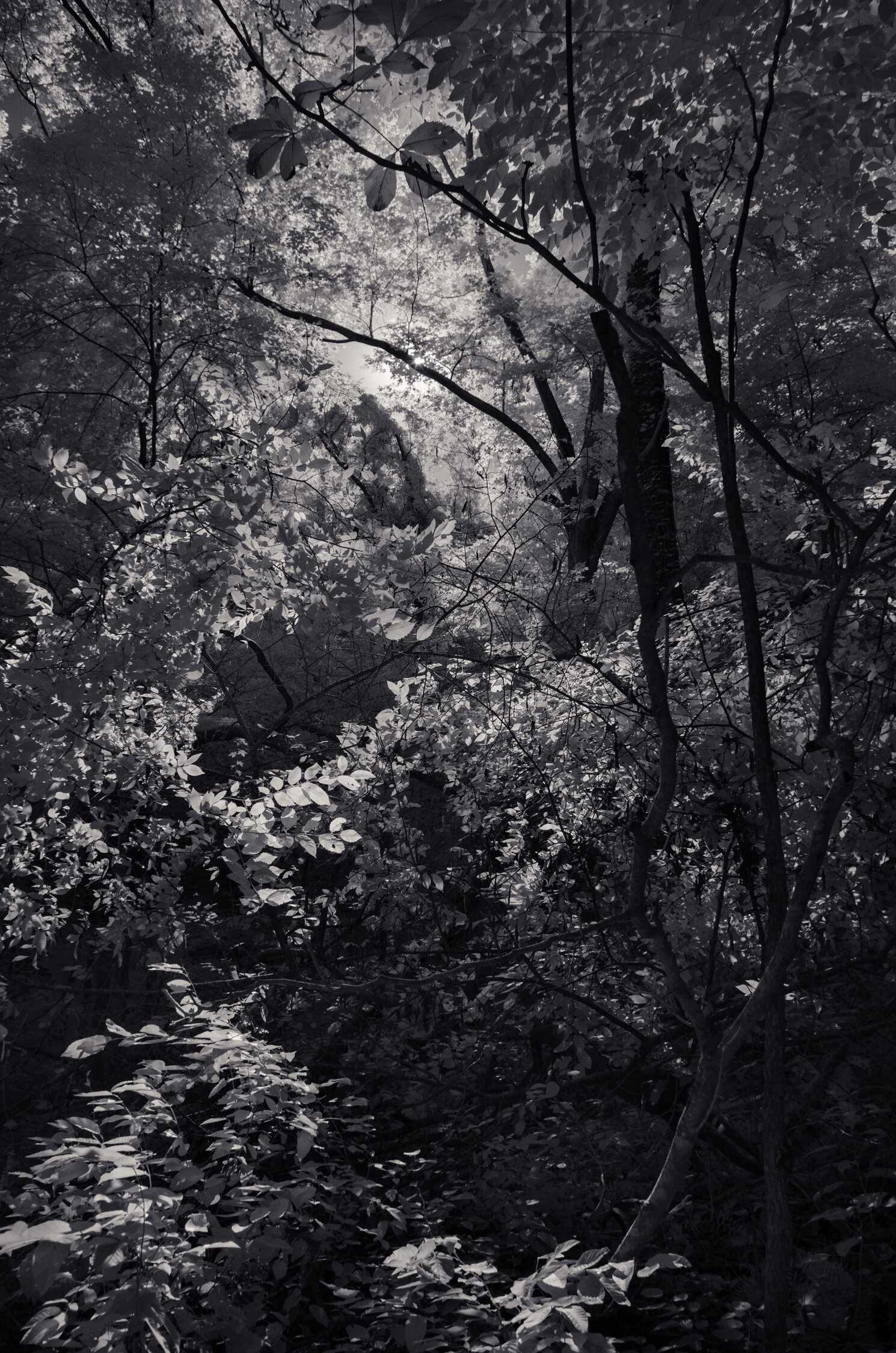
Extinct. Last known wild specimen killed in 1904. Last captive bird died 1914 in the Cincinnati Zoo.
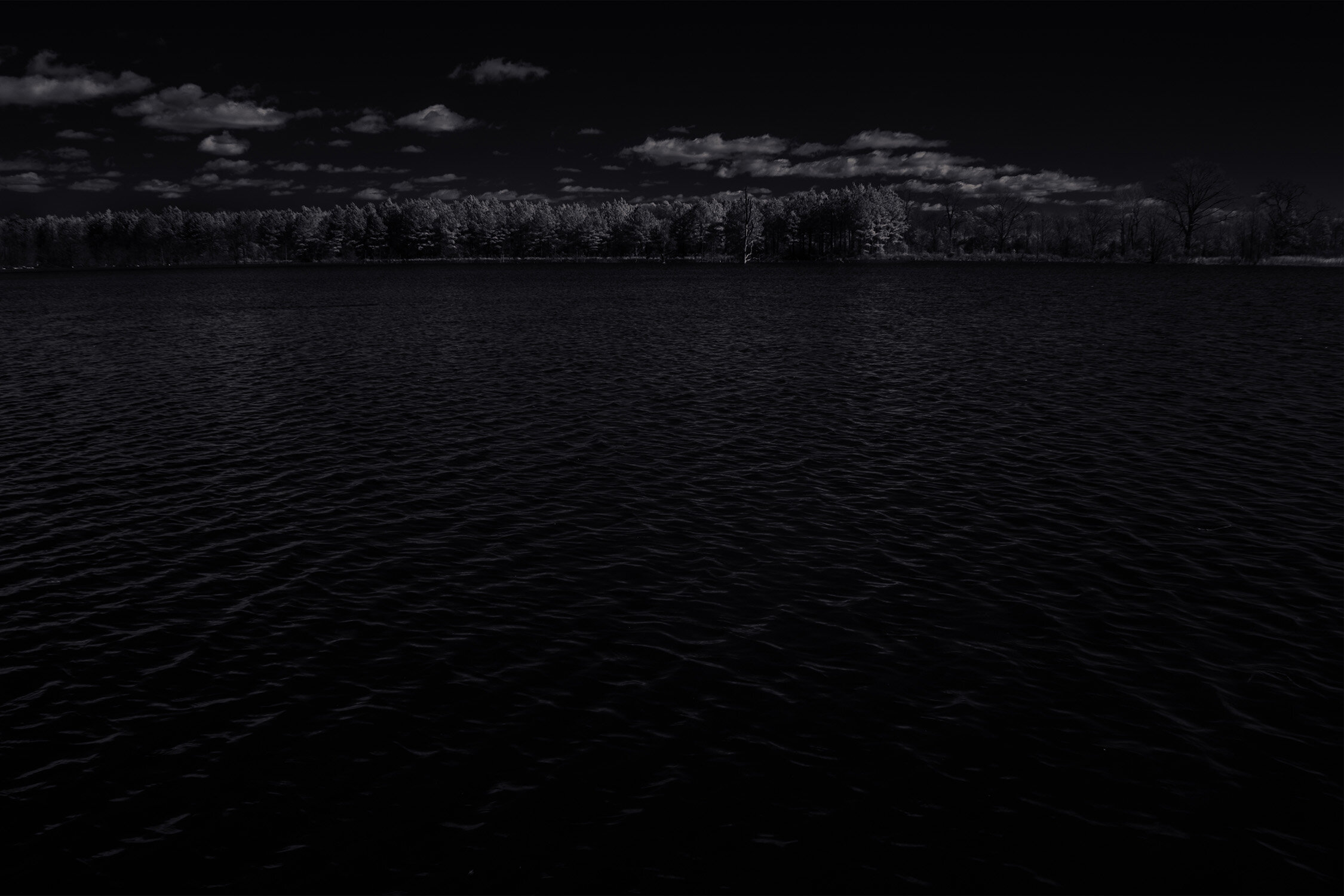
Hunted almost to extinction by early 20th century. Population now recovering as a result of conservation efforts.
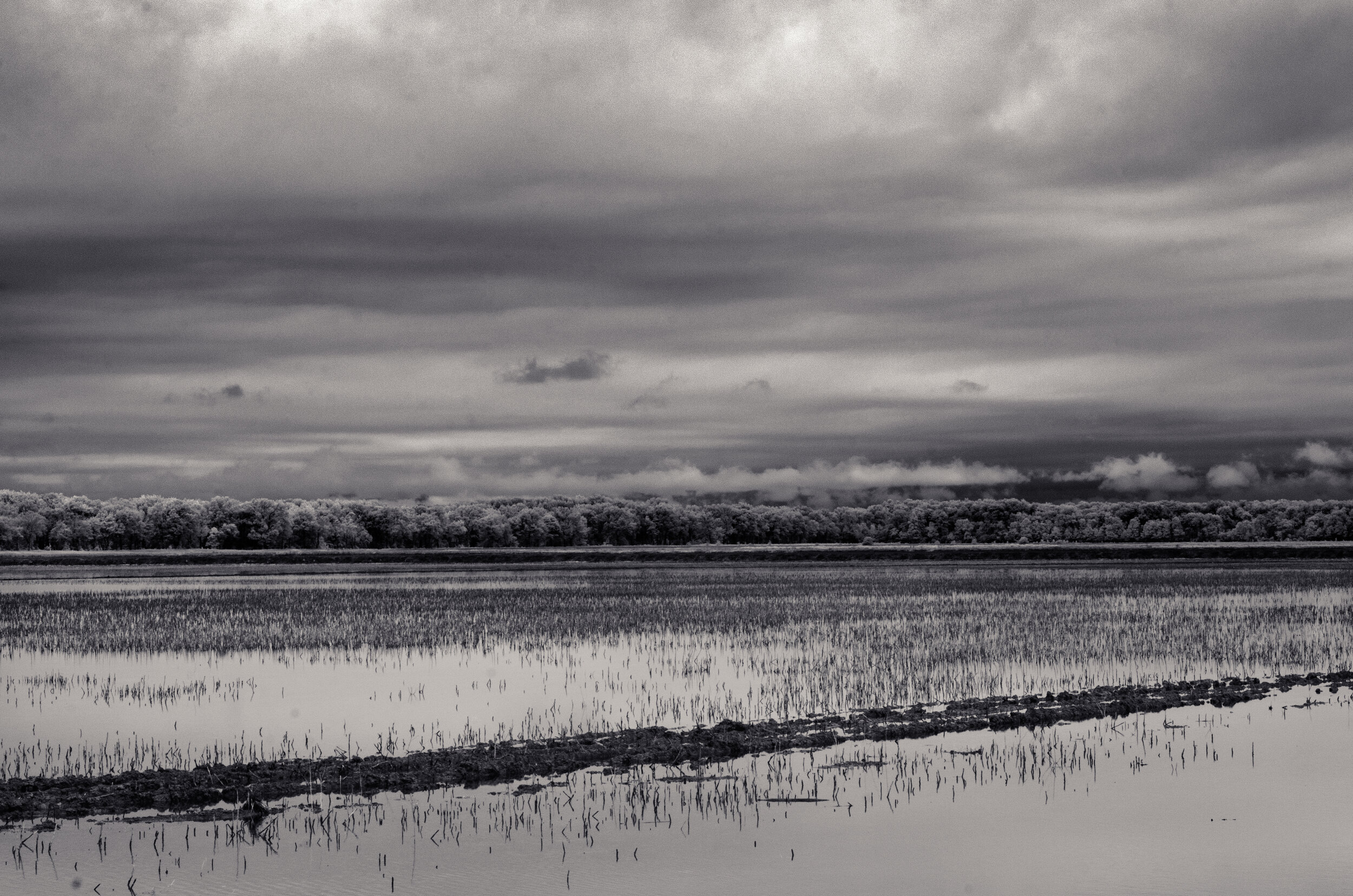
Population declining sharply since 1980’s
NABCI 2022 State of the Birds “Tipping Point Species”
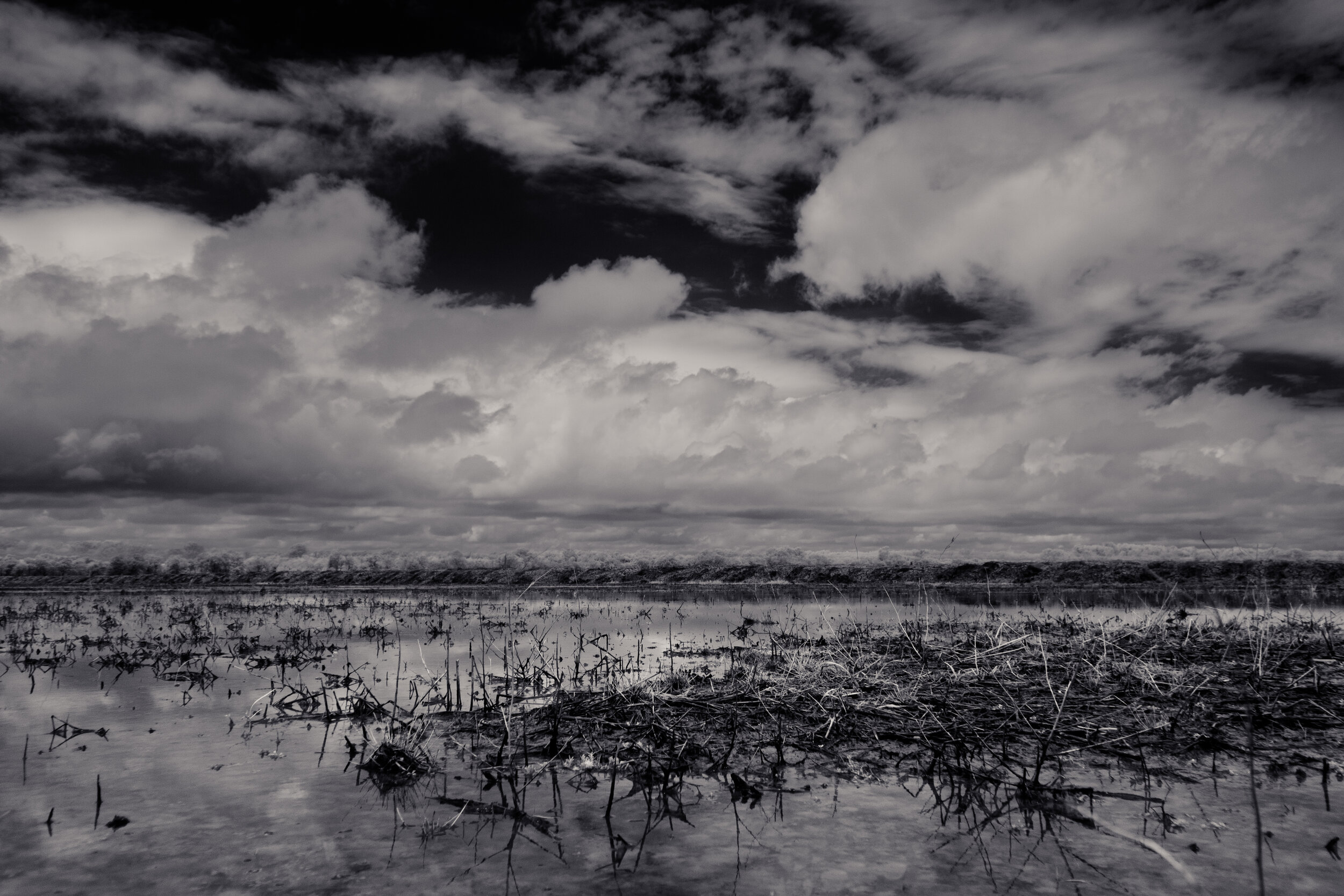
Estimated population trend: -68-75% (1980’s-2008, Eastern population). Projected to lose another 50% within 50 years without intervention.
IUCN Near Threatened

Estimated population trend: between 15-50% decline (1970-2015)
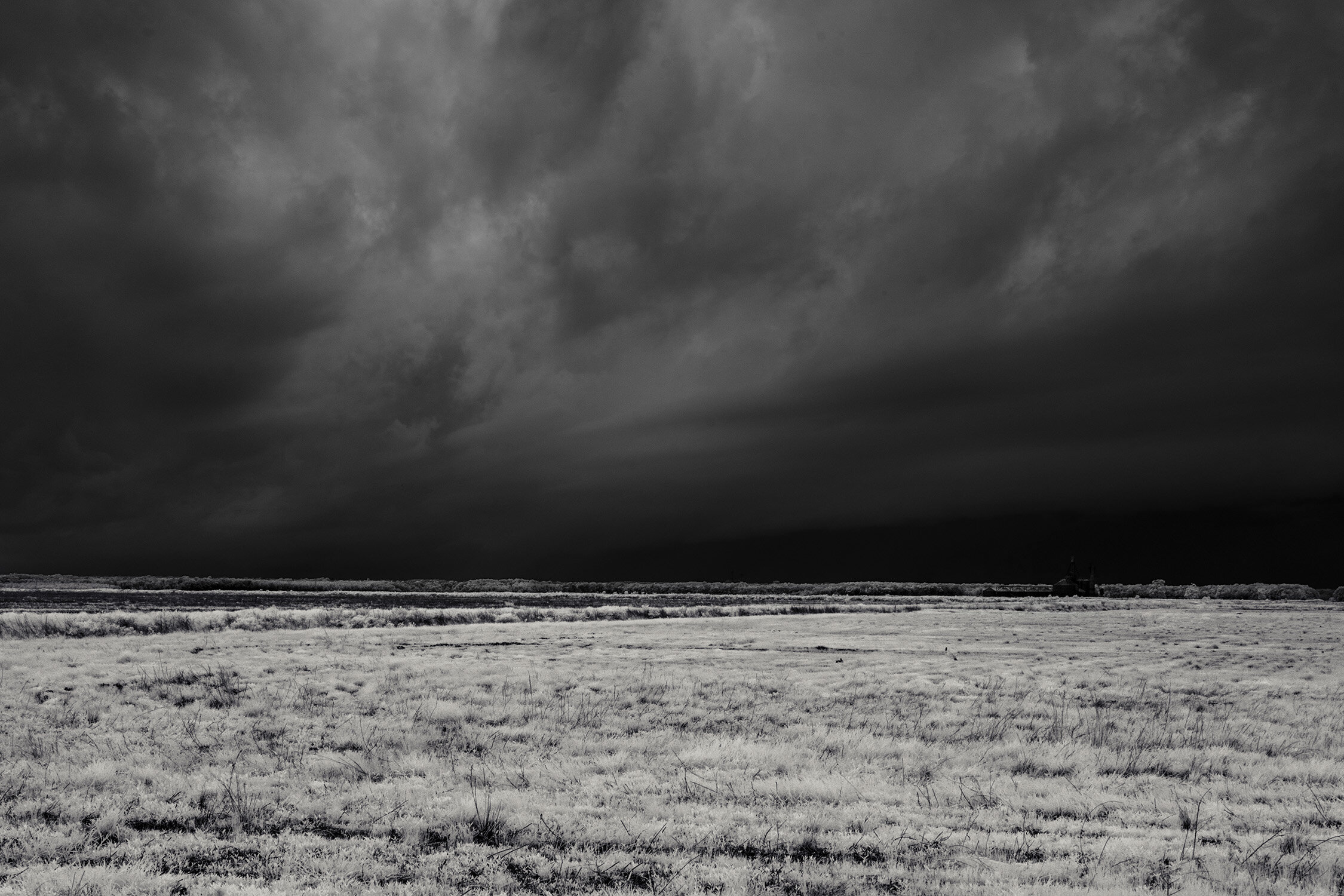
C. alpina arcticola subspecies has declined 30% since 2006, likely due to loss of overwintering habitat in coastal Asia.
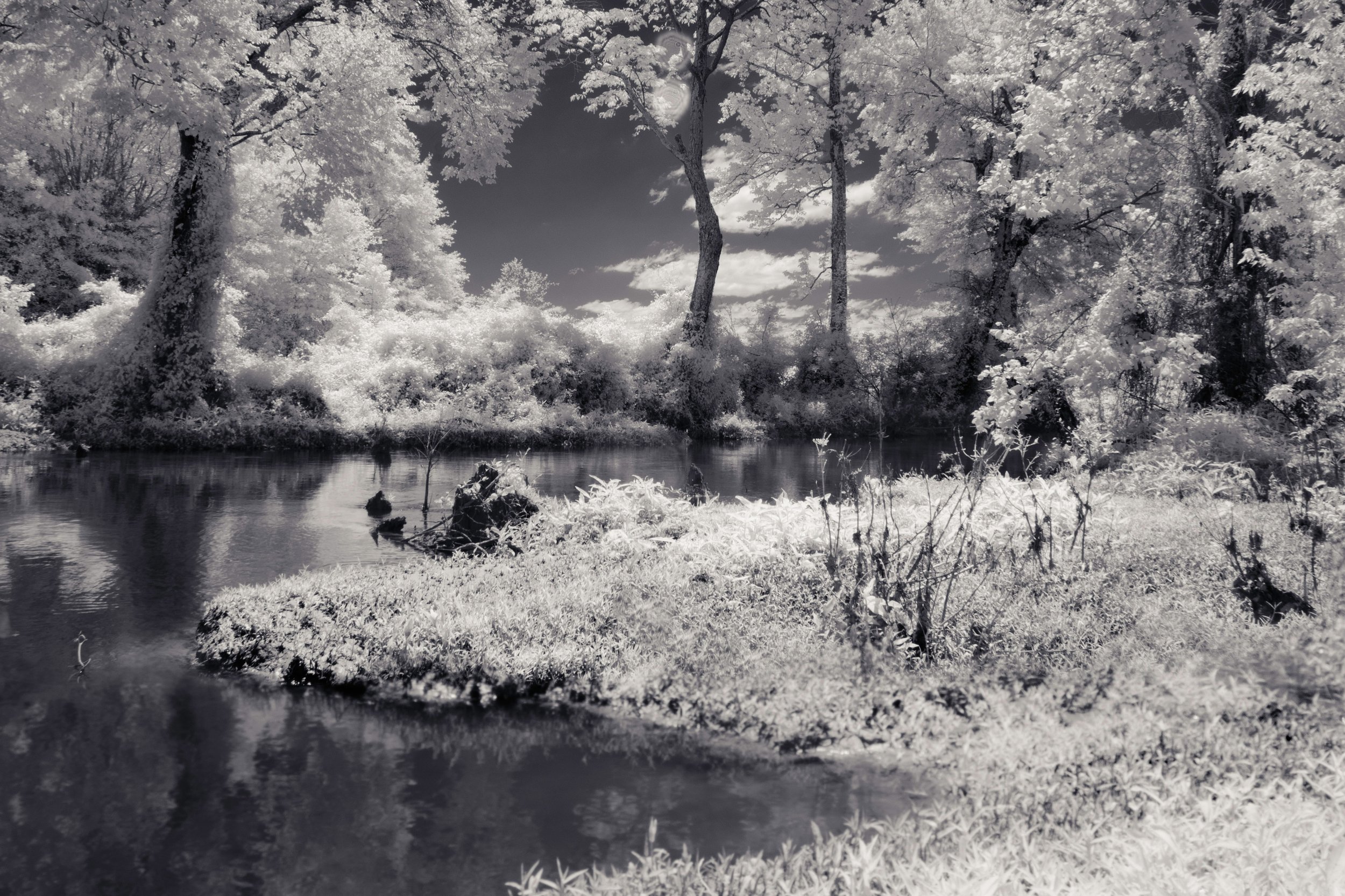
Declining
NABCI 2022 State of the Birds “Tipping Point Species”
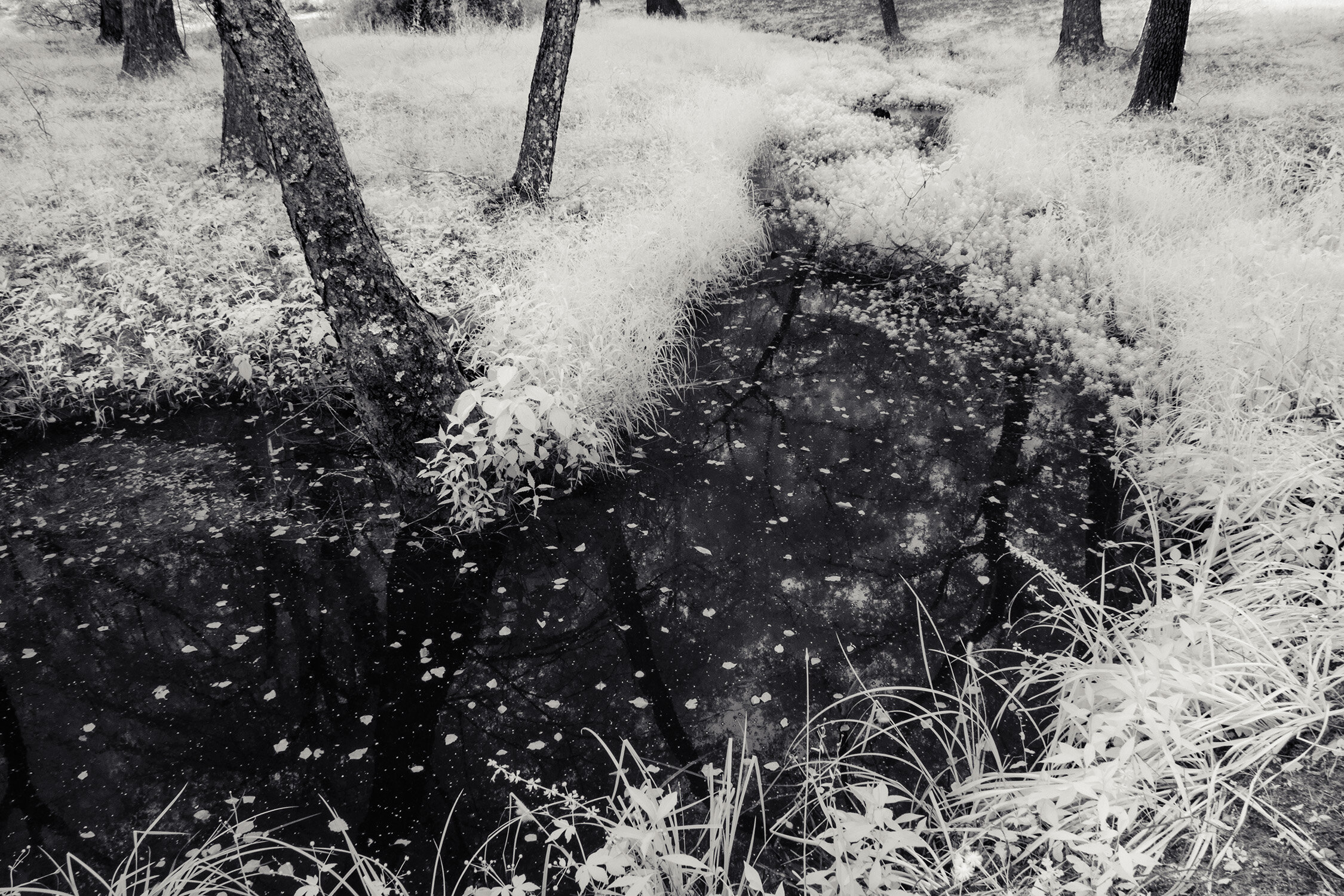
Estimated population trend: -68% (1966-2014)
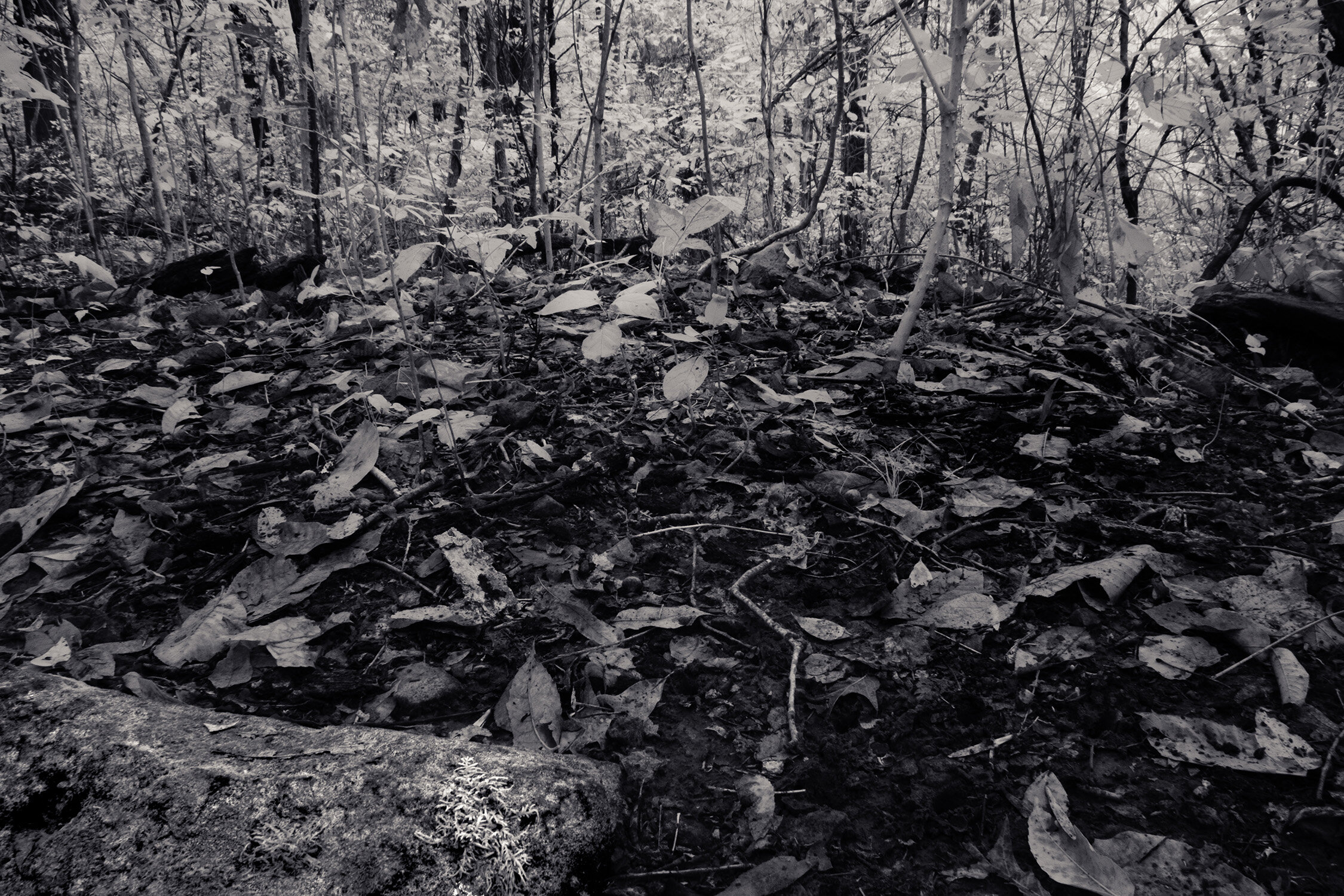
Estimated population trend: >-40% since 1966

Estimated population trend: -55% (1966-2015)
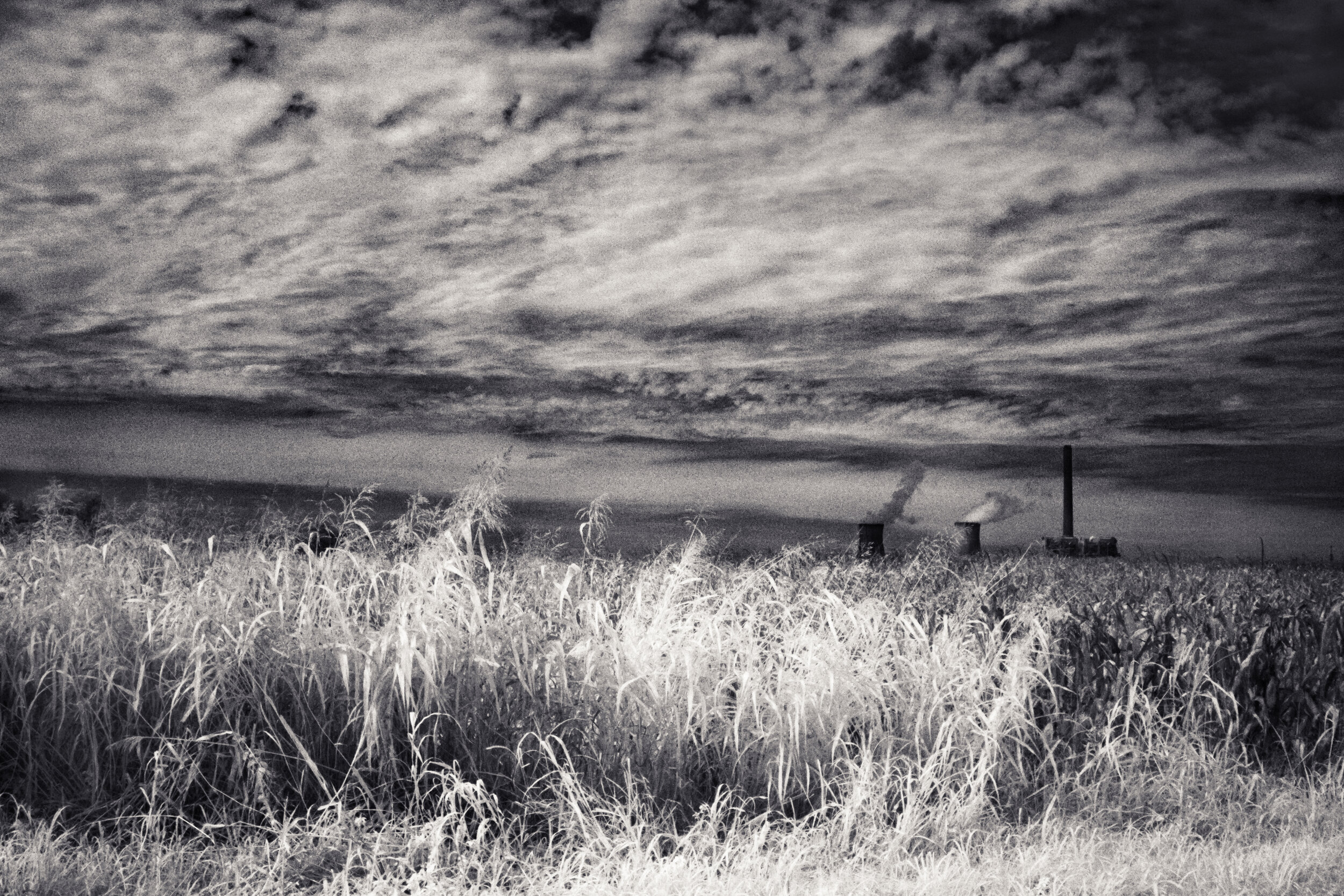
Estimated population trend: -71% (1966-2015)
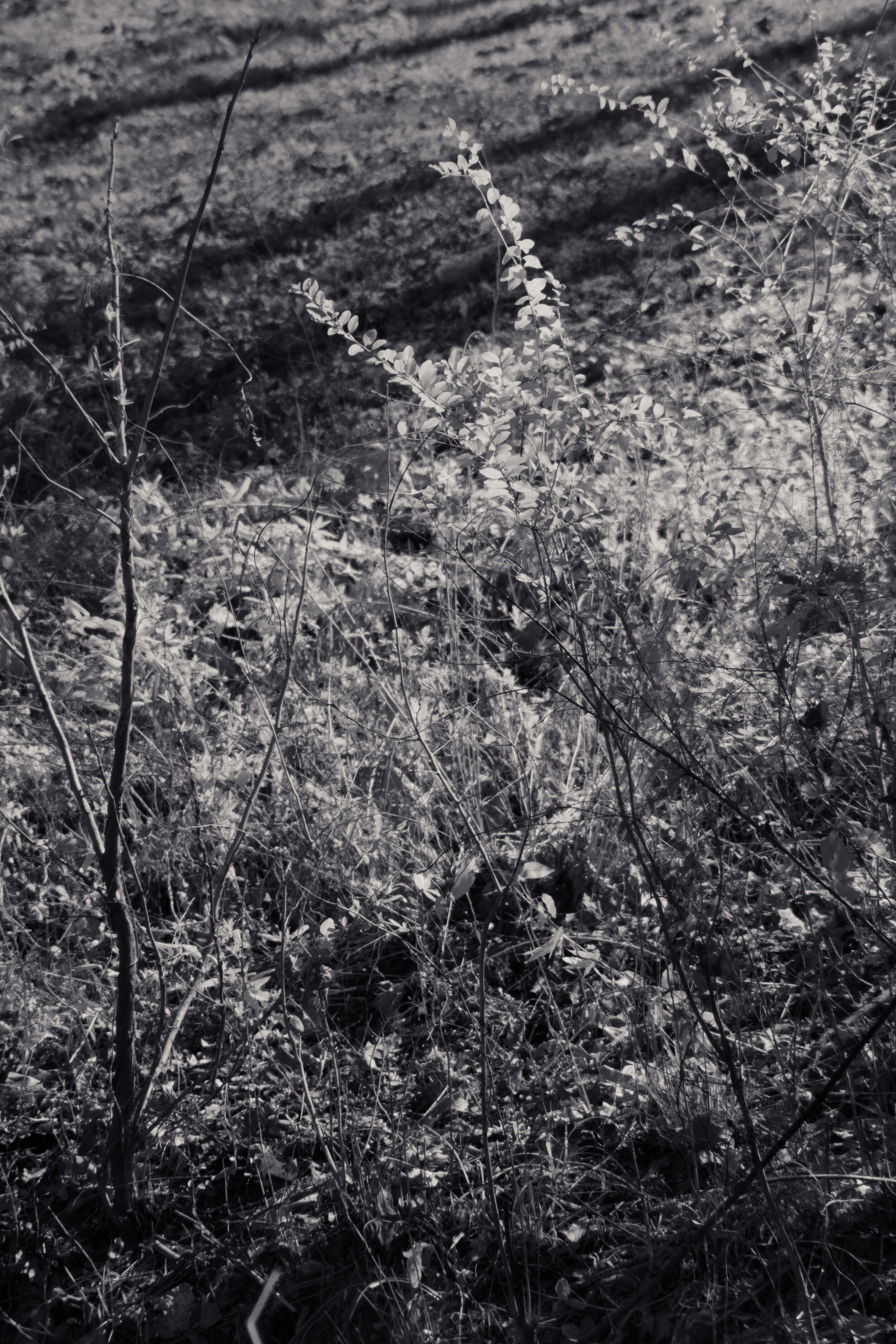
Estimated population trend: -69% (1966-2015)
![Plate 188. [American] Tree Sparrow](https://images.squarespace-cdn.com/content/v1/59dc4dbd59cc688076bbe431/1654040494139-T5QUBUICR208SWAVZS1M/188.jpg)
Common Bird in Steep Decline

Estimated population trend: -72% (1966-2015)
Florida subspecies Federally Endangered

Estimated population trend: -66% (1966-2014)

Estimated Population Trend: -76% (1966-2015)
IUCN Near Threatened
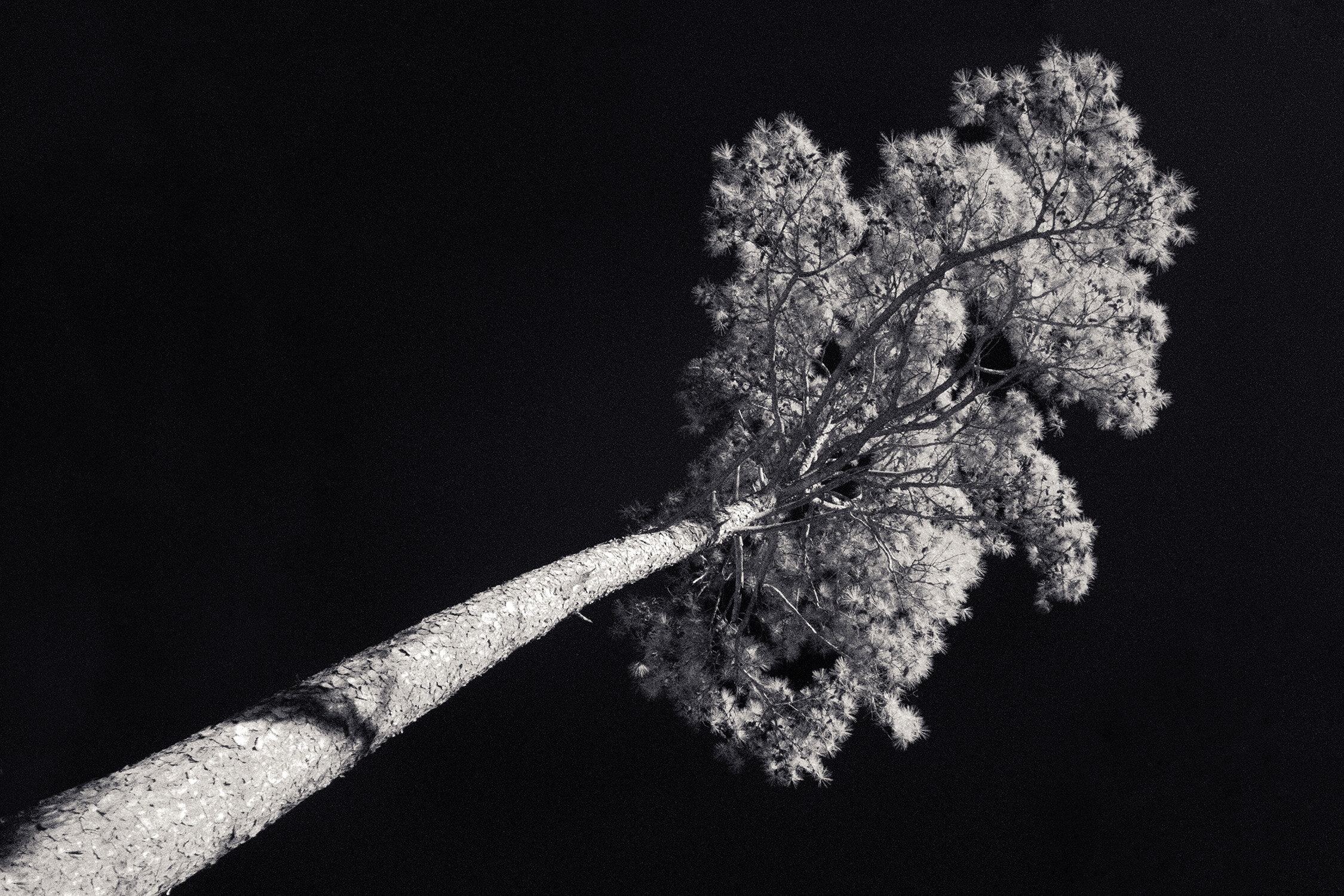
Estimated population trend: -86% (1966-2015)
IUCN Near Threatened
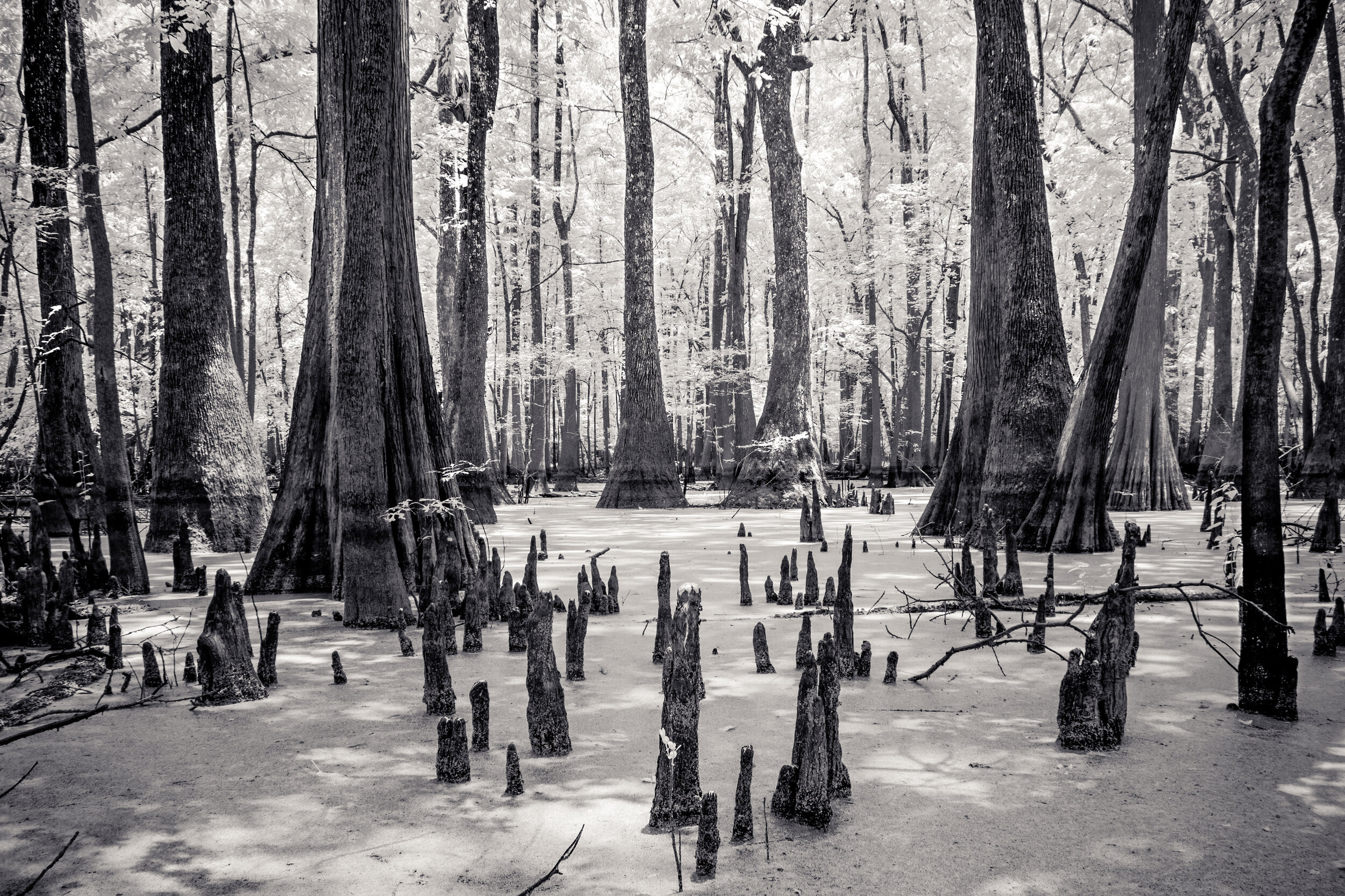
Presumed extinct. Last official sighting 1944, although several reports from Arkansas in the early 2000’s and from Louisiana into the 2020’s.

Extinct. Last known specimen shot on the Chemung River, Elmira, NY, 1878.





![Plate 304. [Ruddy] Turnstone](https://images.squarespace-cdn.com/content/v1/59dc4dbd59cc688076bbe431/1692664773334-6CDT3WPYH1AAW8MH2SF8/304.jpg)






![Plate 213. [Atlantic] Puffin](https://images.squarespace-cdn.com/content/v1/59dc4dbd59cc688076bbe431/1688495106276-KOAF00829A729V1YKJ0X/213.jpg)




![Plate 241. [Great] Black-backed Gull](https://images.squarespace-cdn.com/content/v1/59dc4dbd59cc688076bbe431/1667868629514-RO2VQY2N7HD5DQ58HGN2/241.jpg)




![Plate 300. [American] Golden Plover](https://images.squarespace-cdn.com/content/v1/59dc4dbd59cc688076bbe431/1650593162062-I5TYTHB63TGZTT965GMK/300.jpg)


![Plate 82. [Eastern] Whip-poor-will](https://images.squarespace-cdn.com/content/v1/59dc4dbd59cc688076bbe431/1654379700585-T4608CFEOSRLZNJ47FLL/82.jpg)


































![Plate 136. [Eastern] Meadow Lark](https://images.squarespace-cdn.com/content/v1/59dc4dbd59cc688076bbe431/1584133028153-STODOR2ATW4LPQKE547R/136_web.jpg)














![Plate 188. [American] Tree Sparrow](https://images.squarespace-cdn.com/content/v1/59dc4dbd59cc688076bbe431/1654040494139-T5QUBUICR208SWAVZS1M/188.jpg)






“After Birds” is an ongoing series of infrared photographs documenting the habitats of extinct, endangered, and disappearing species of American birds. Each photograph borrows its title and aspects of its design from the corresponding image from John James Audubon’s “Birds of America” (1827-1838, Havell edition). The sites depicted are locations where I have personally observed (or attempted to observe) a given species of bird.
This body of work is a response to John James Audubon’s landmark suite of bird paintings. Each of my images is inspired by and builds upon an Audubon illustration, borrowing details of composition and design to create a dialog between past, present, and future. Yet the birds themselves are conspicuously absent from my photographs. Referencing Audubon is not just about paying tribute to a great artist, it is also a cautionary tale. Out of the 435 species in “Birds of America,” 7 species and 2 subspecies are extinct as a result of human actions. Dozens more are endangered, threatened, or rapidly declining in numbers. A recent study published in Science found that the North American bird population has dropped by 3 billion birds, or 29%, since the 1970’s. Even some birds that are still relatively common are rapidly disappearing. The reasons are complex: habitat loss, pollution, poaching, invasive species, global warming, and other factors add up to a very uncertain future for many birds. Rachel Carson began “Silent Spring” by asking her readers to imagine a spring without birdsong. Like Carson, I am crafting a “a fable for tomorrow.” My goal is to visualize a landscape devoid of avian life, haunted by the ghosts of lost birds.
These photographs were made using infrared film and modified digital cameras to capture light waves above 720nm: a part of the spectrum invisible to the human eye. The unseen and unknown are recurring themes in my work as an artist. Here, invisible light is a metaphor, evoking lost species and vanishing habitats. IR photography yields apocalyptic black skies, inky water, and foliage that radiates otherworldly light. They may be beautiful images, but they are also ominous, and filled with ambiguity.
Emily Dickinson famously characterized hope as “the thing with feathers.” I sometimes wonder if perhaps despair has feathers of its own. Yet, even when tinged with melancholy, birding is ultimately a hopeful pursuit. Staring up at the barren treetops, you never know when some small feathered creature will suddenly appear and fill your heart with wonder. As a record of my personal bird-watching pursuits, I hope “After Birds” will inspire viewers to seek their own connections with the natural world. This project is a meditation on loss, but it is also an invitation to learn from past failures, take note of conservation success stories, and make every effort to preserve our birds and their habitats.